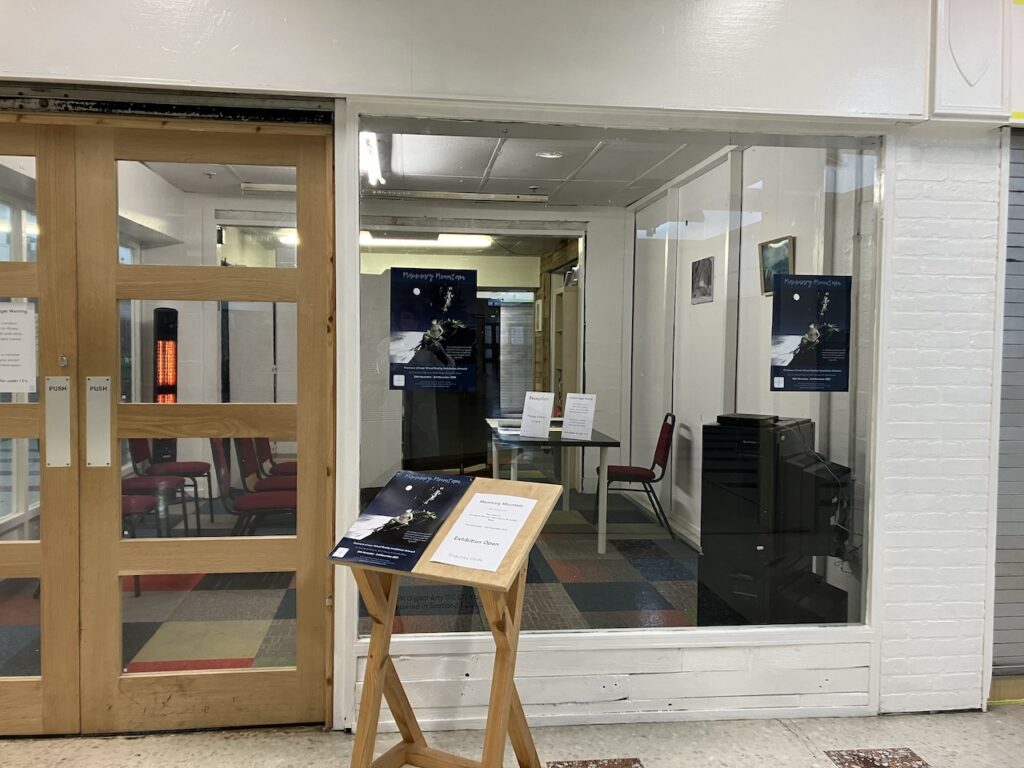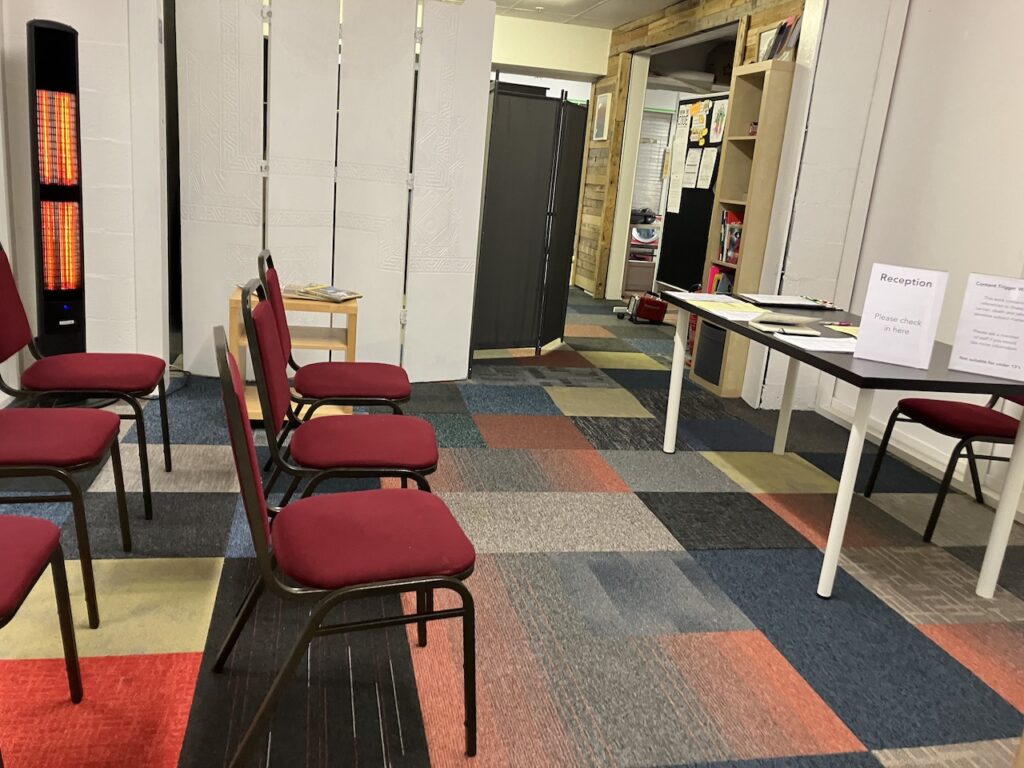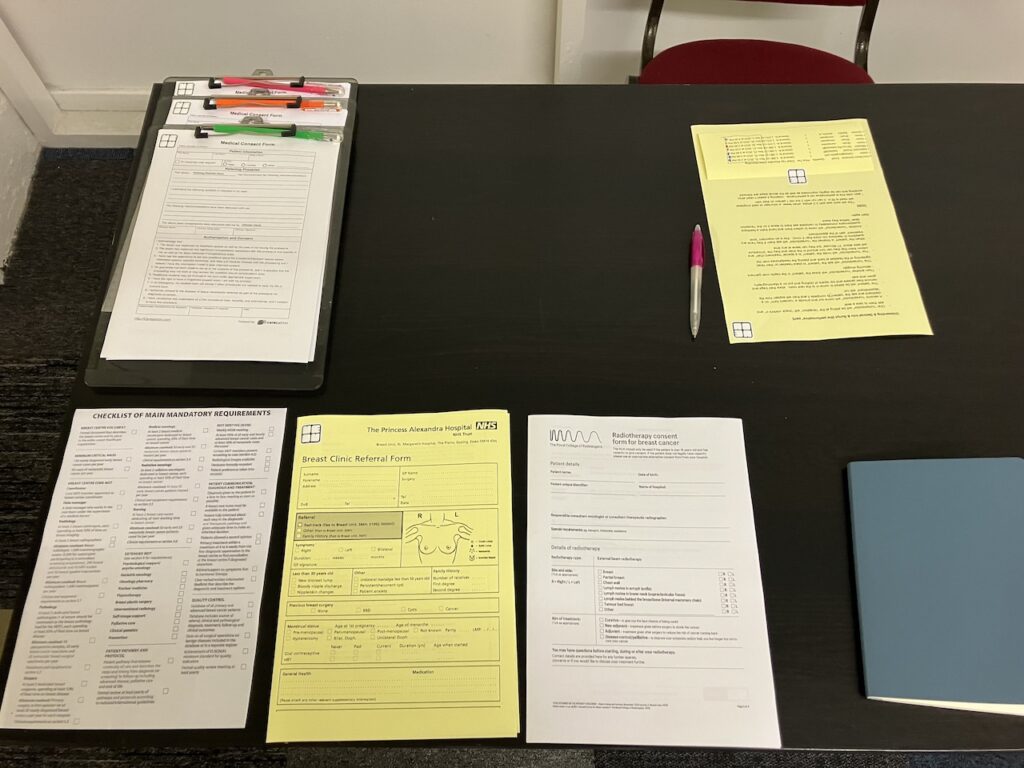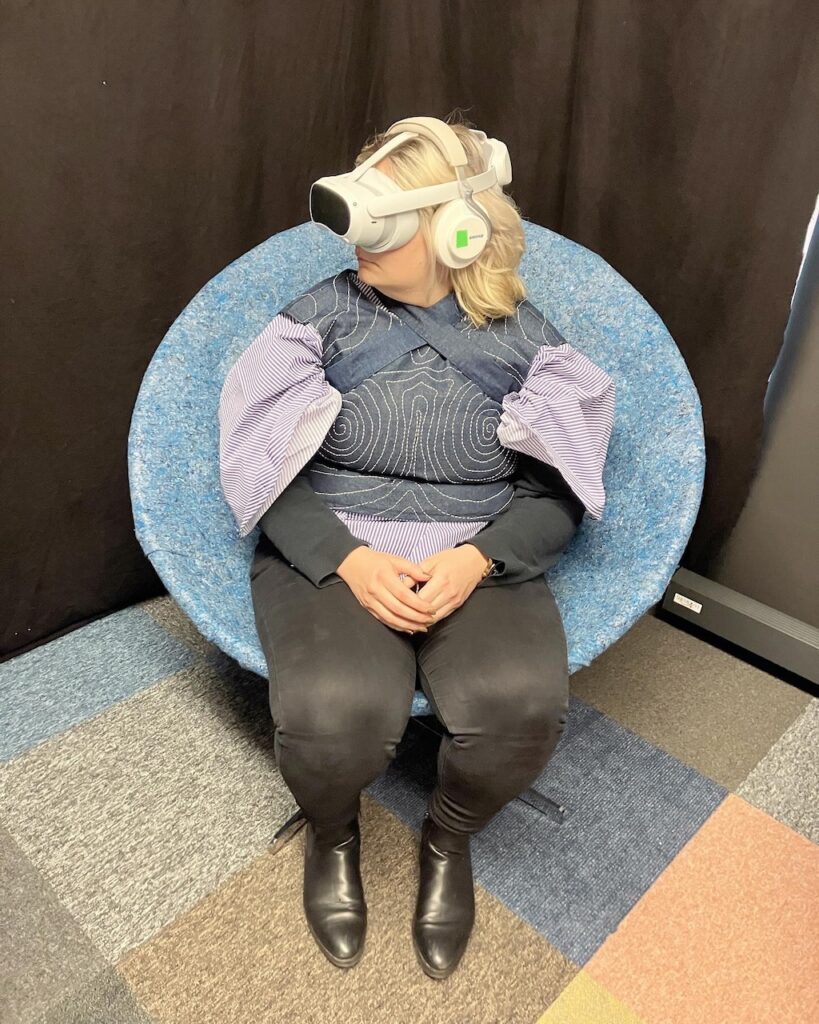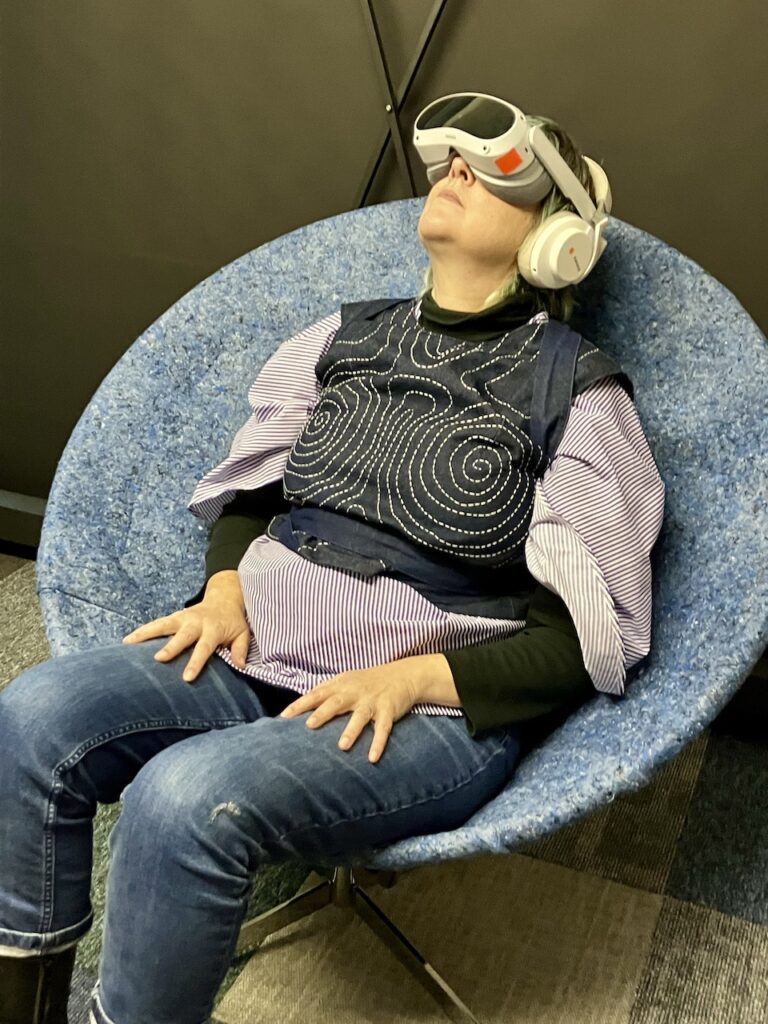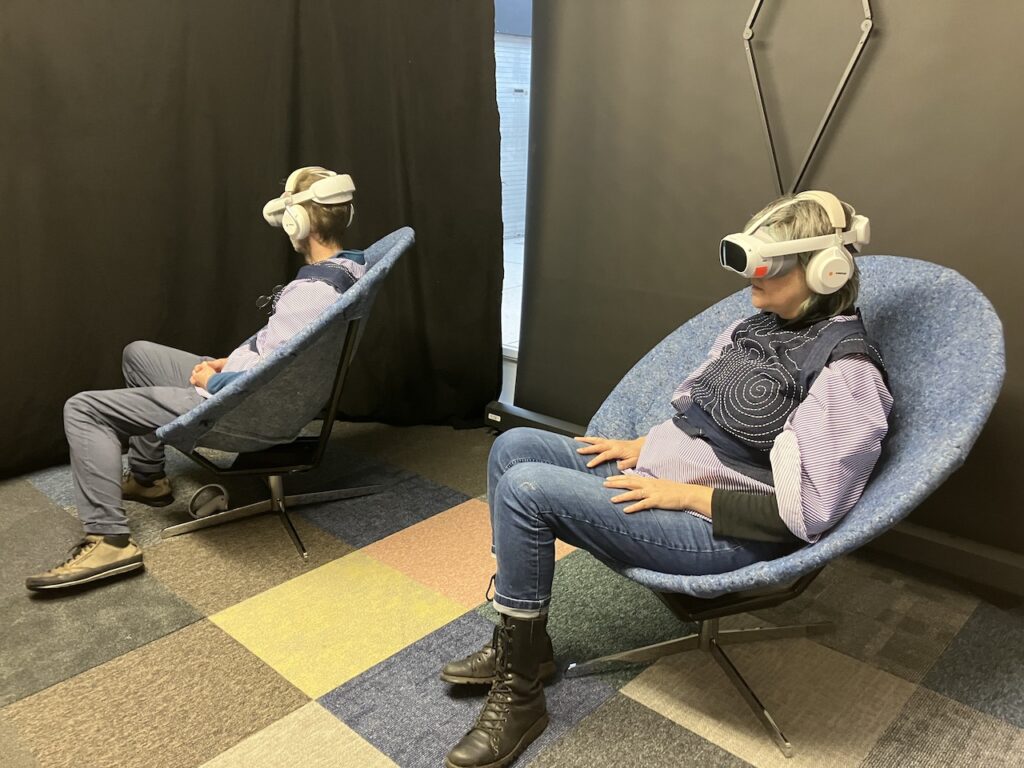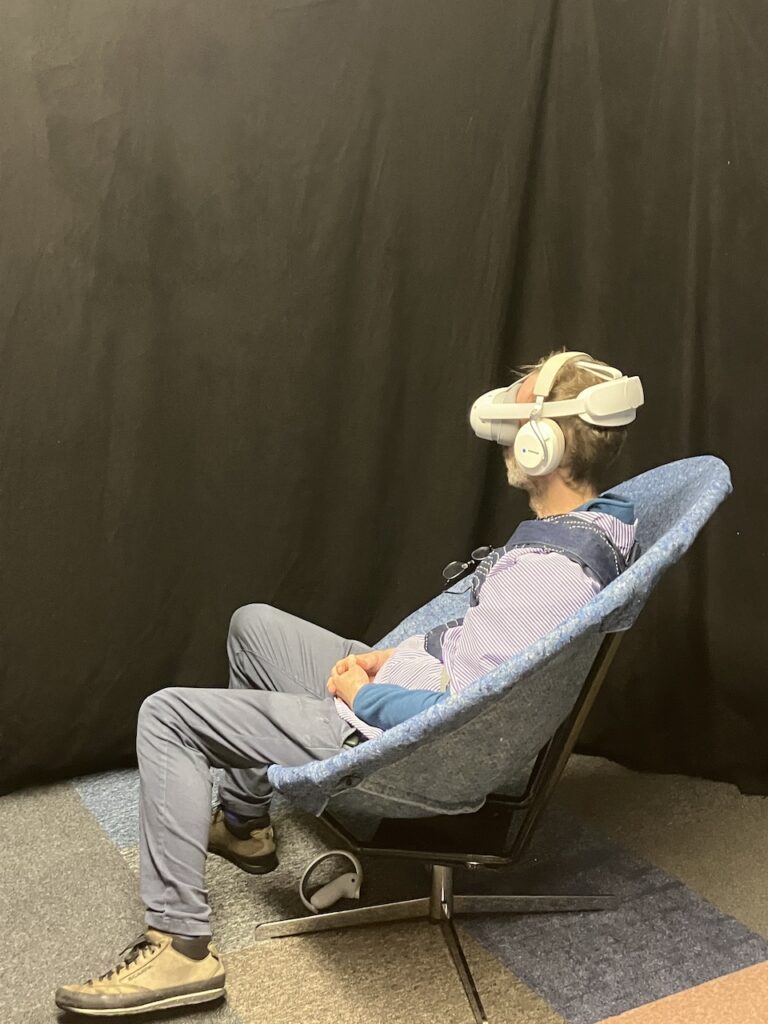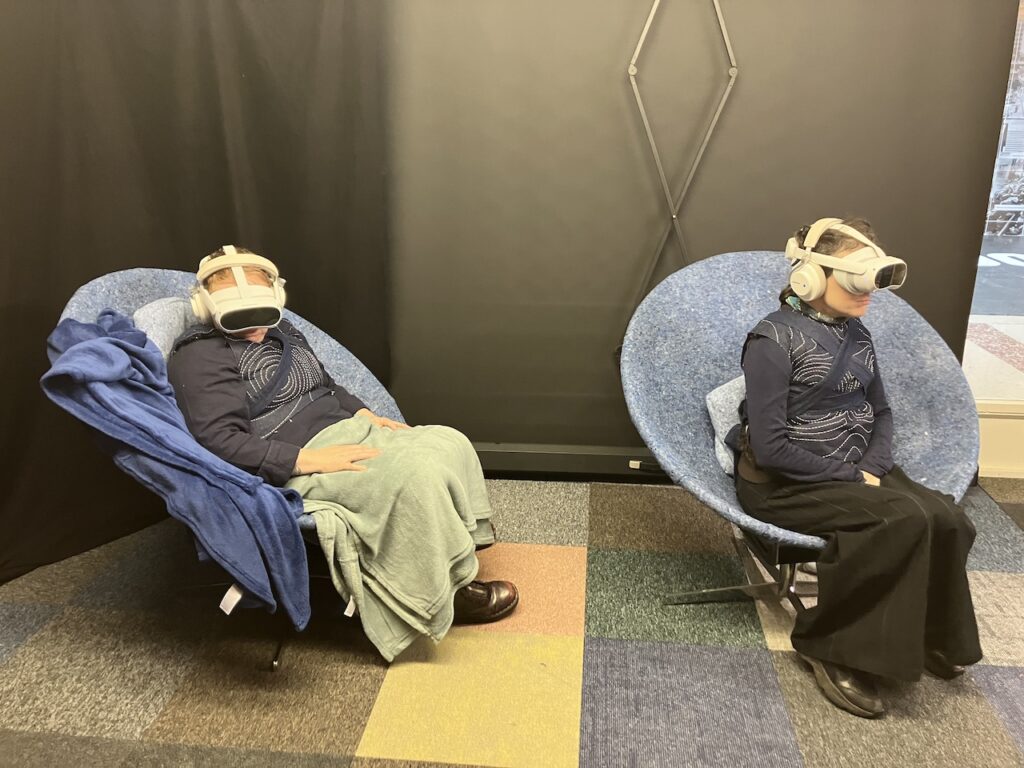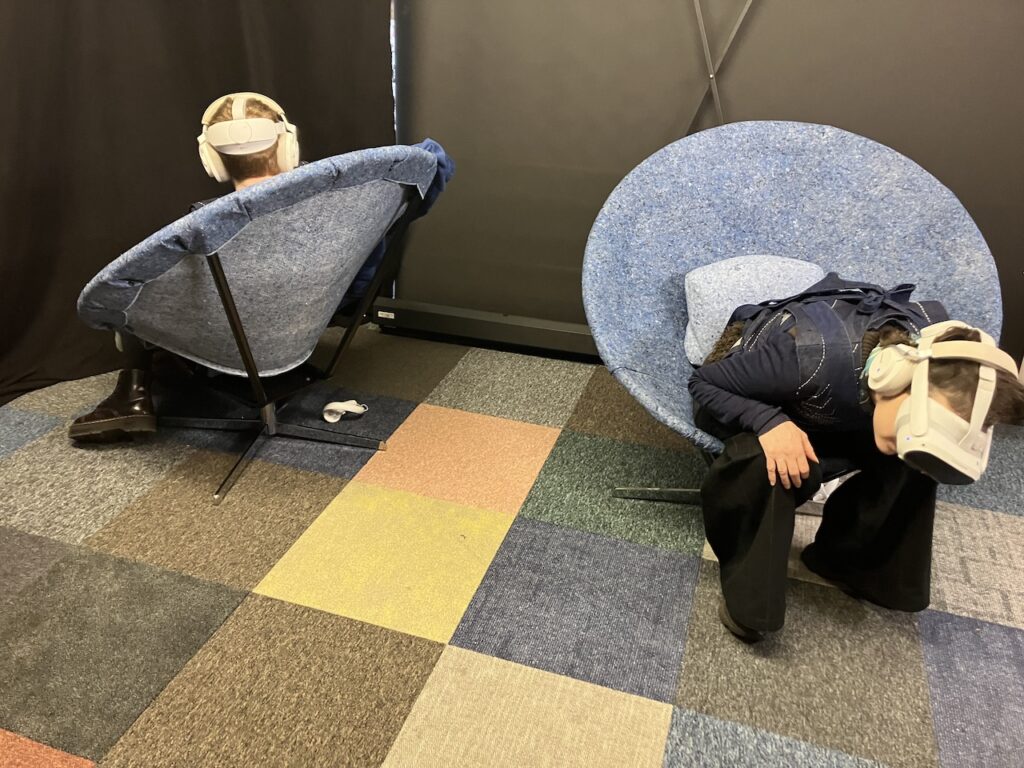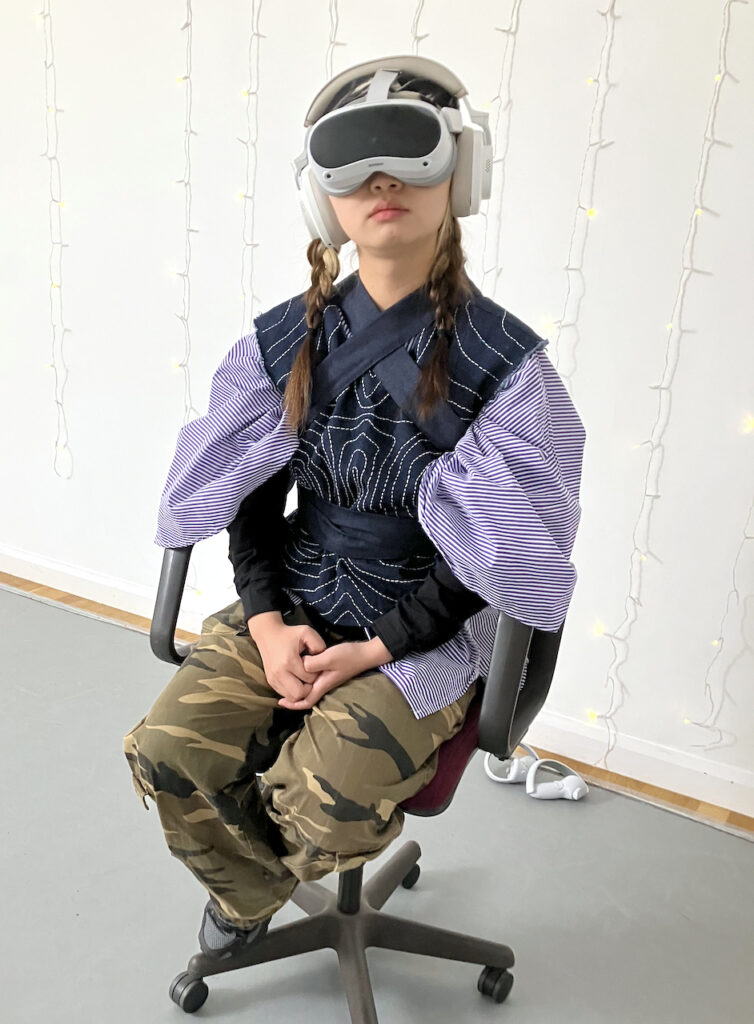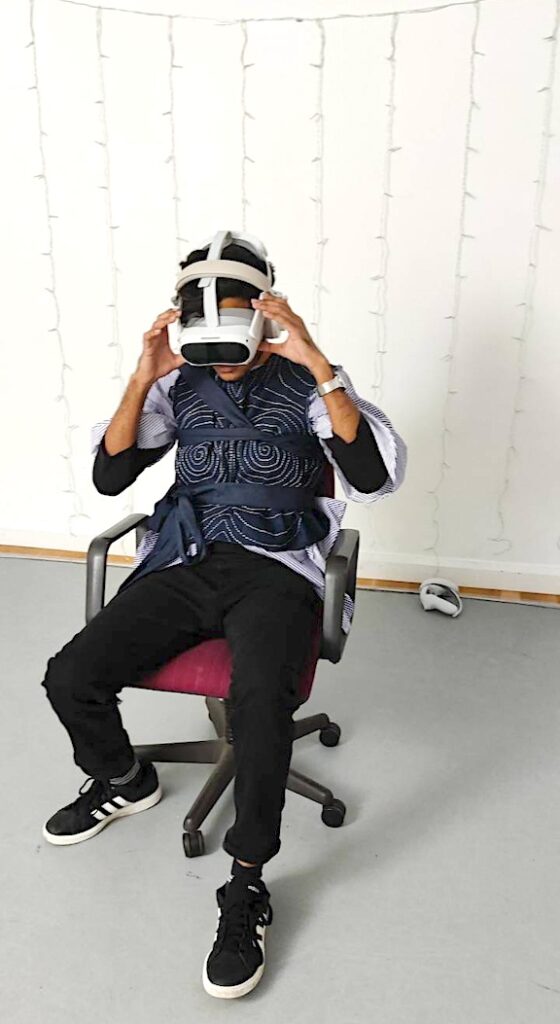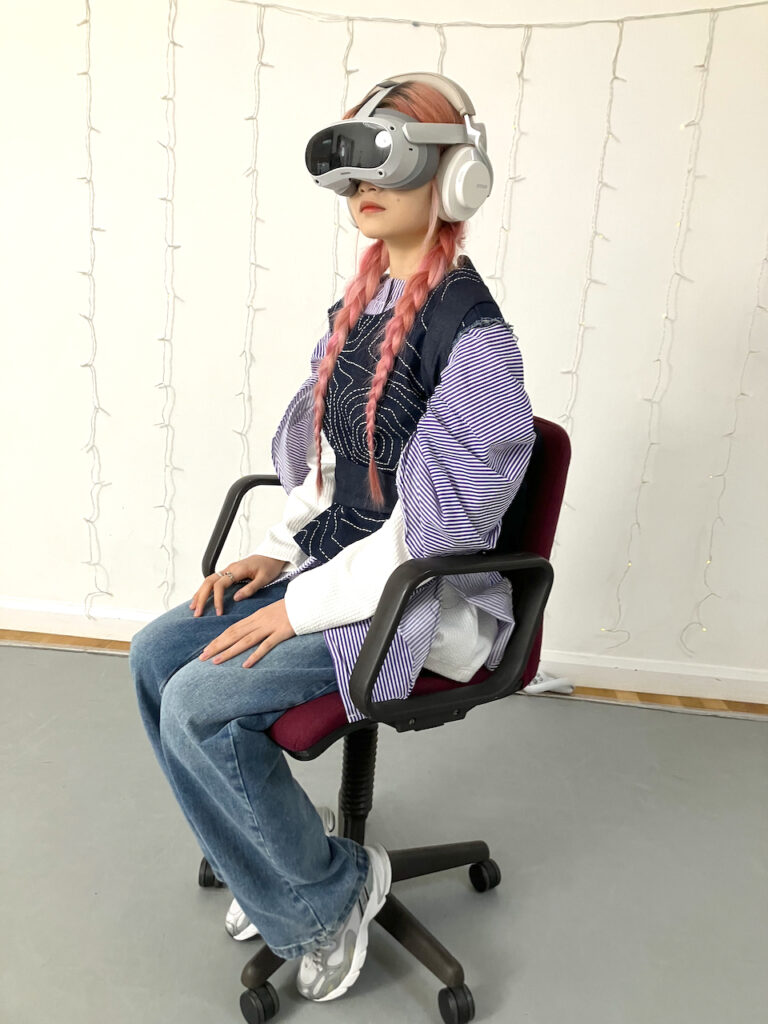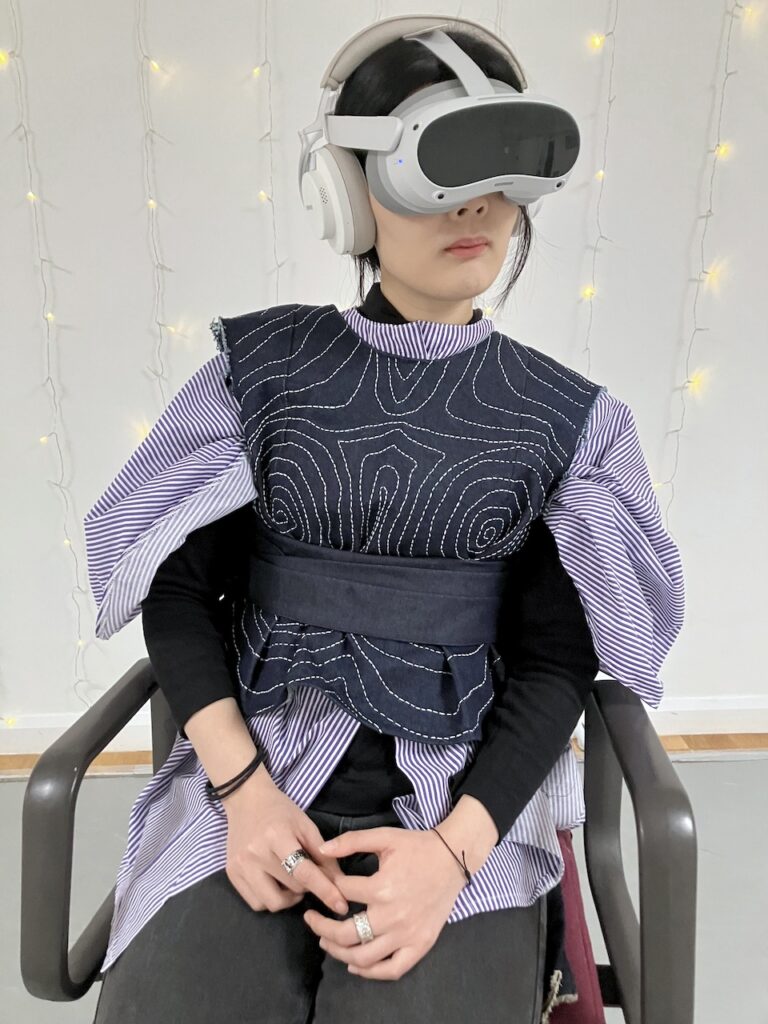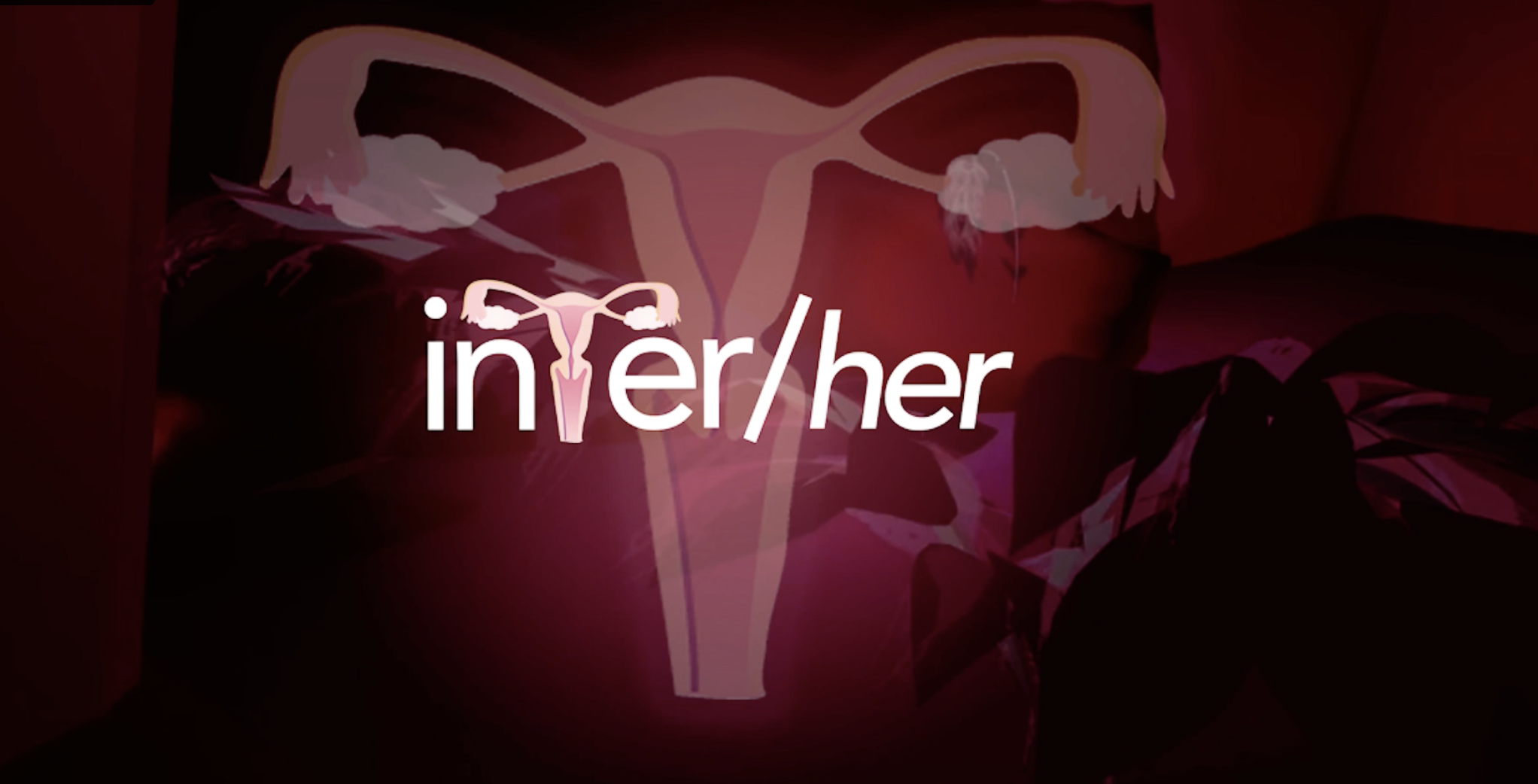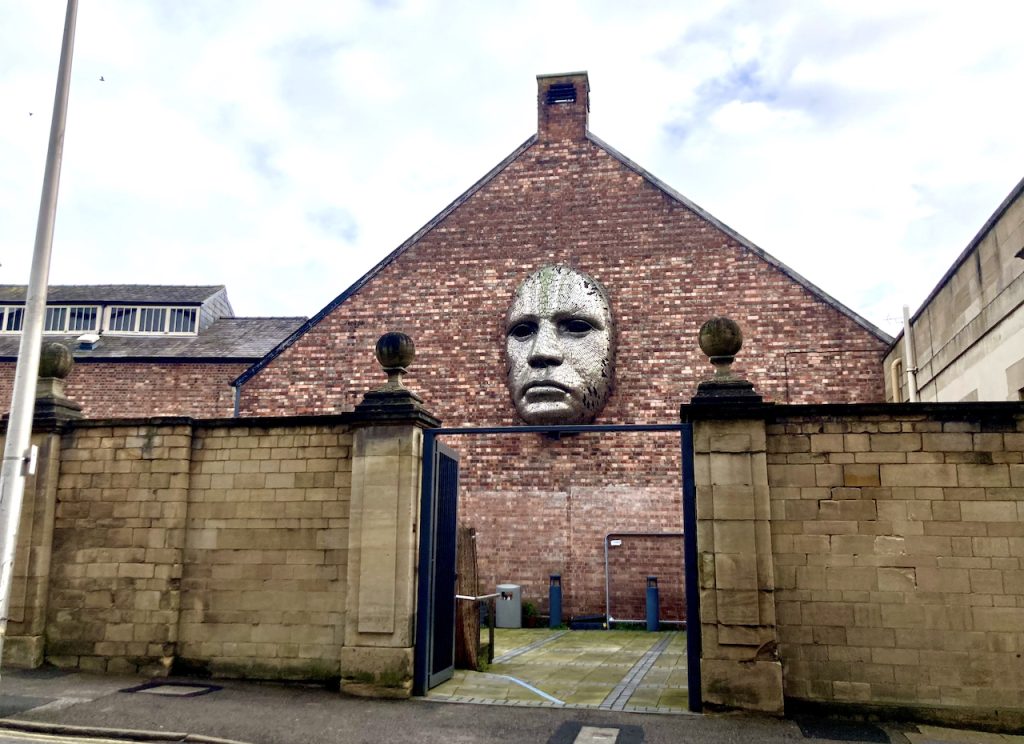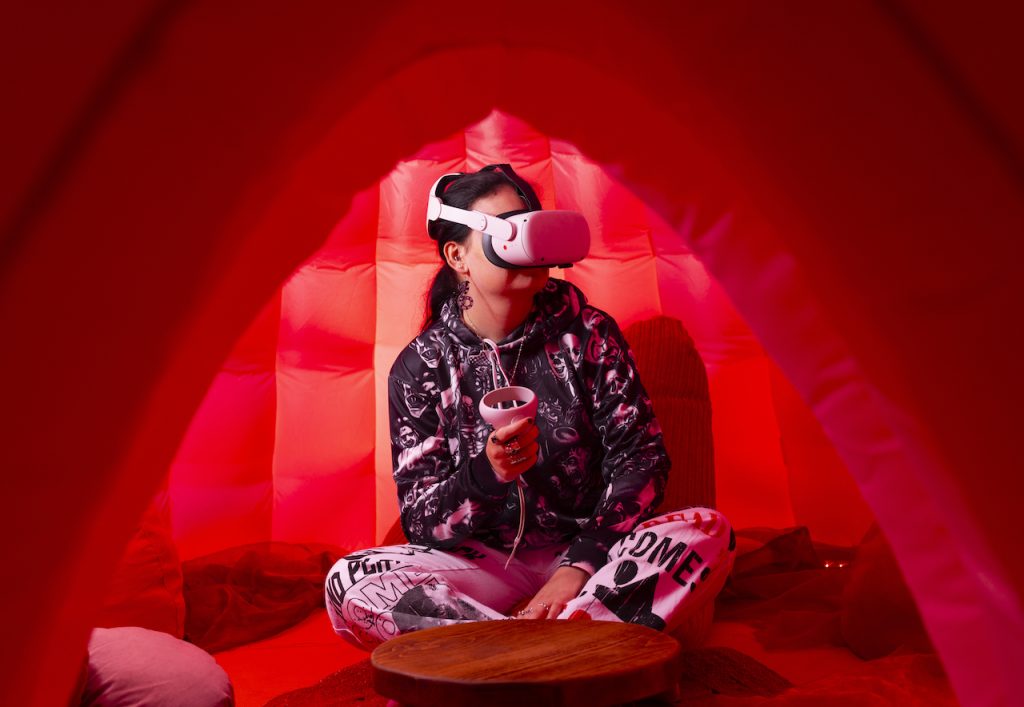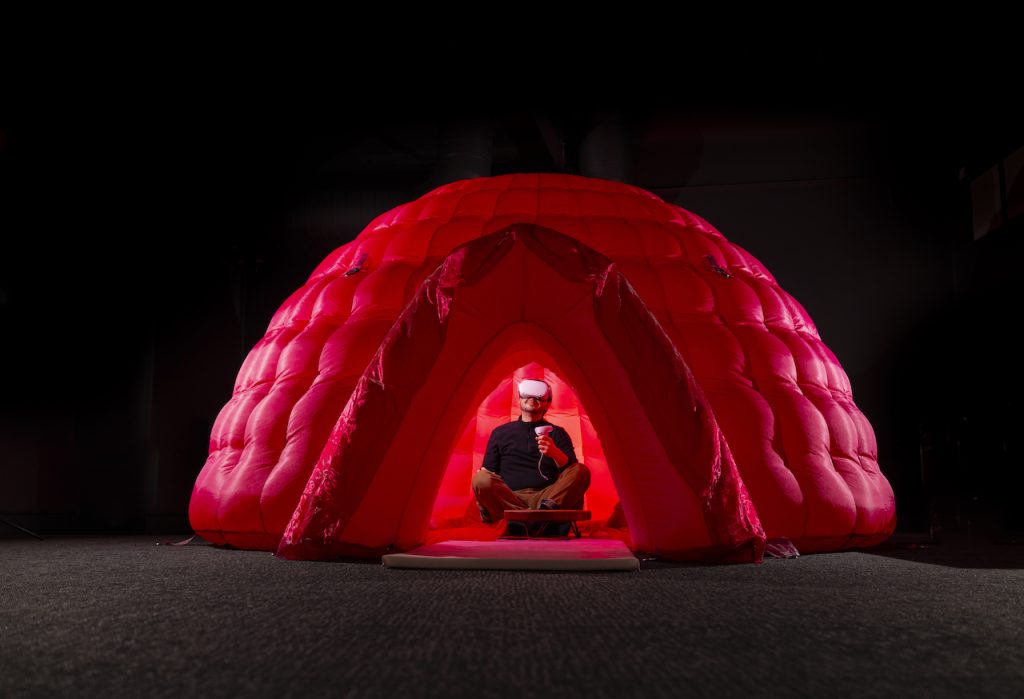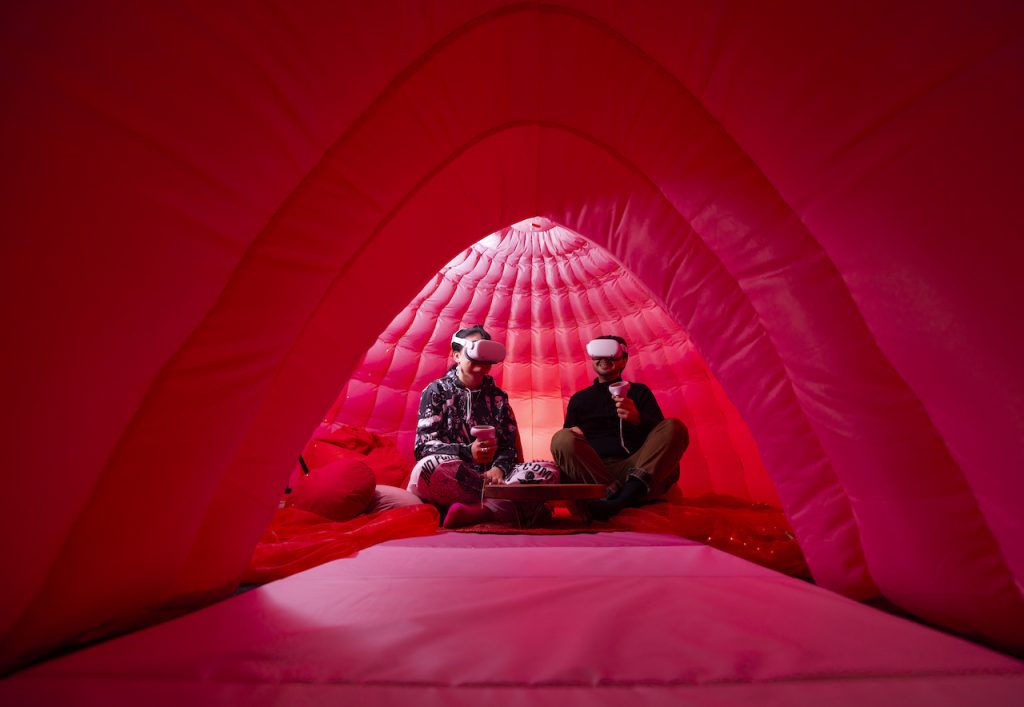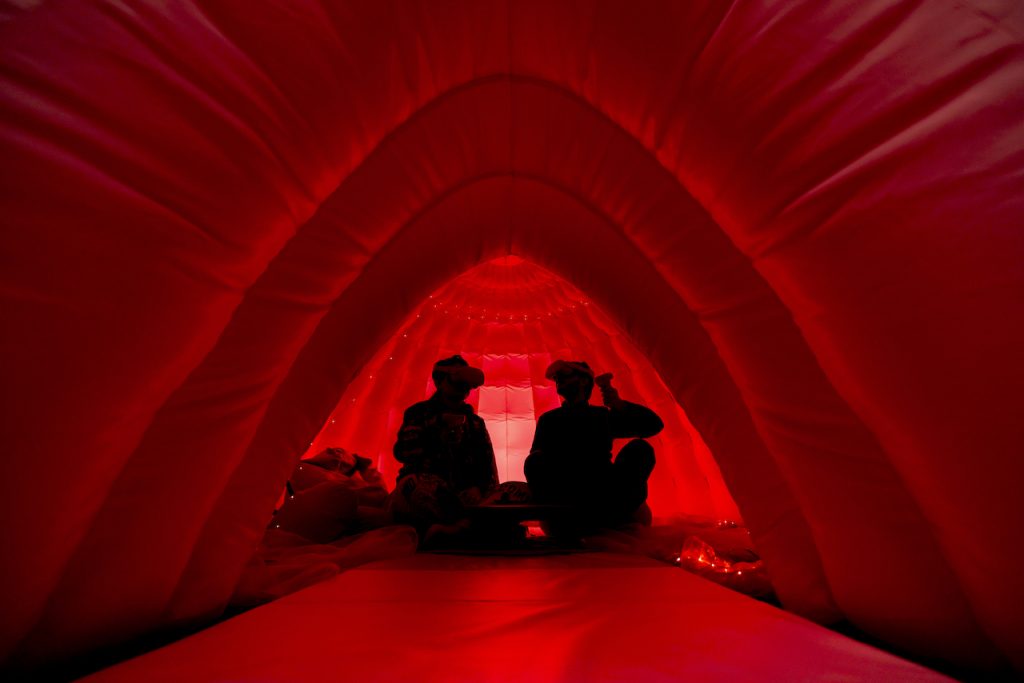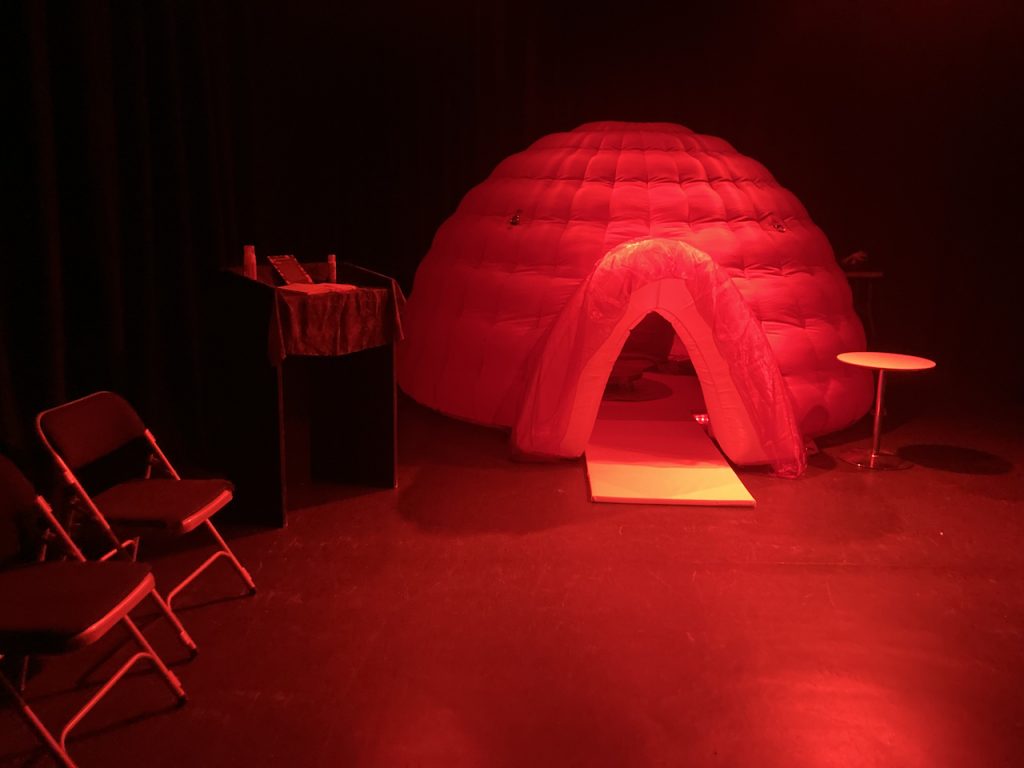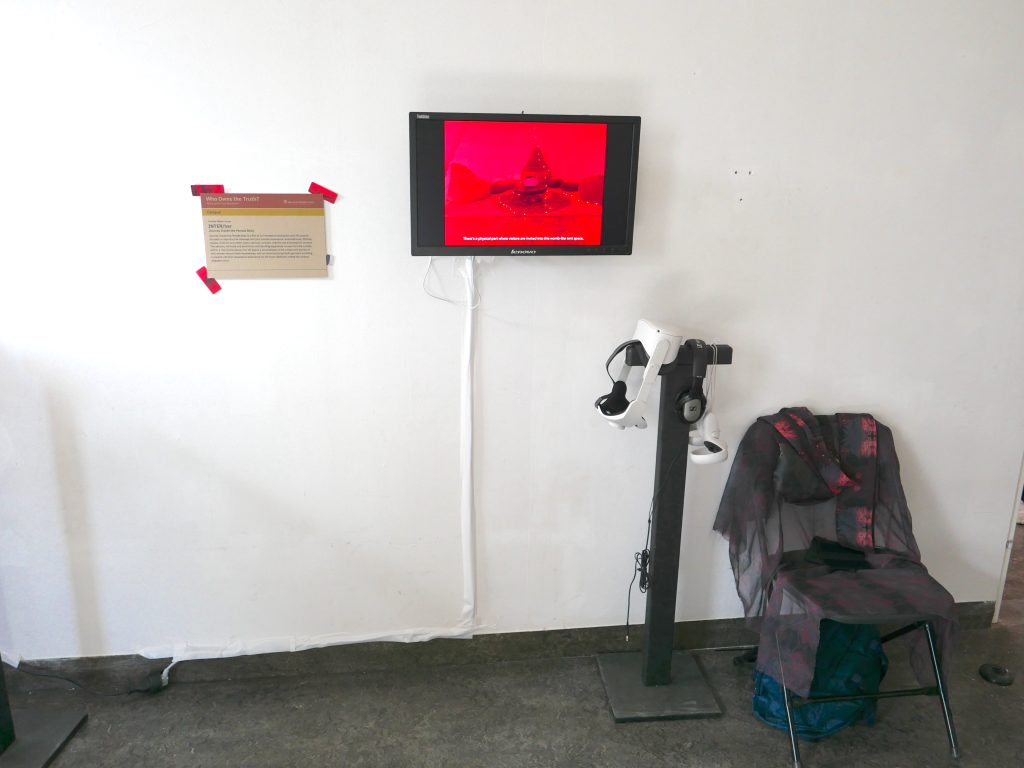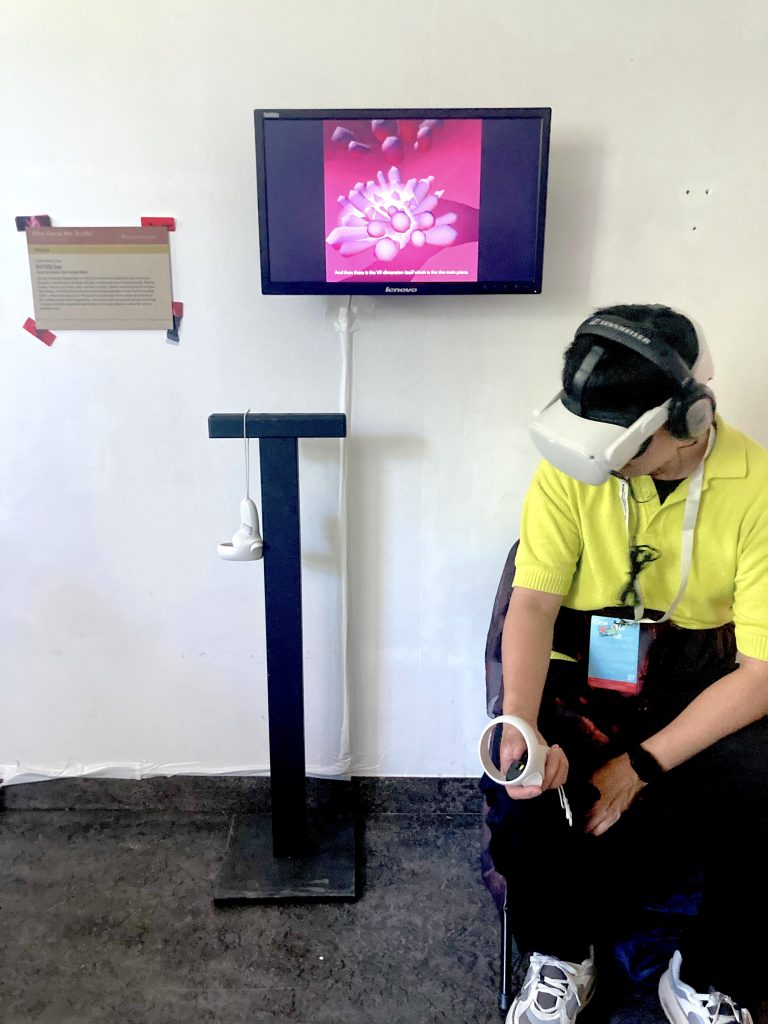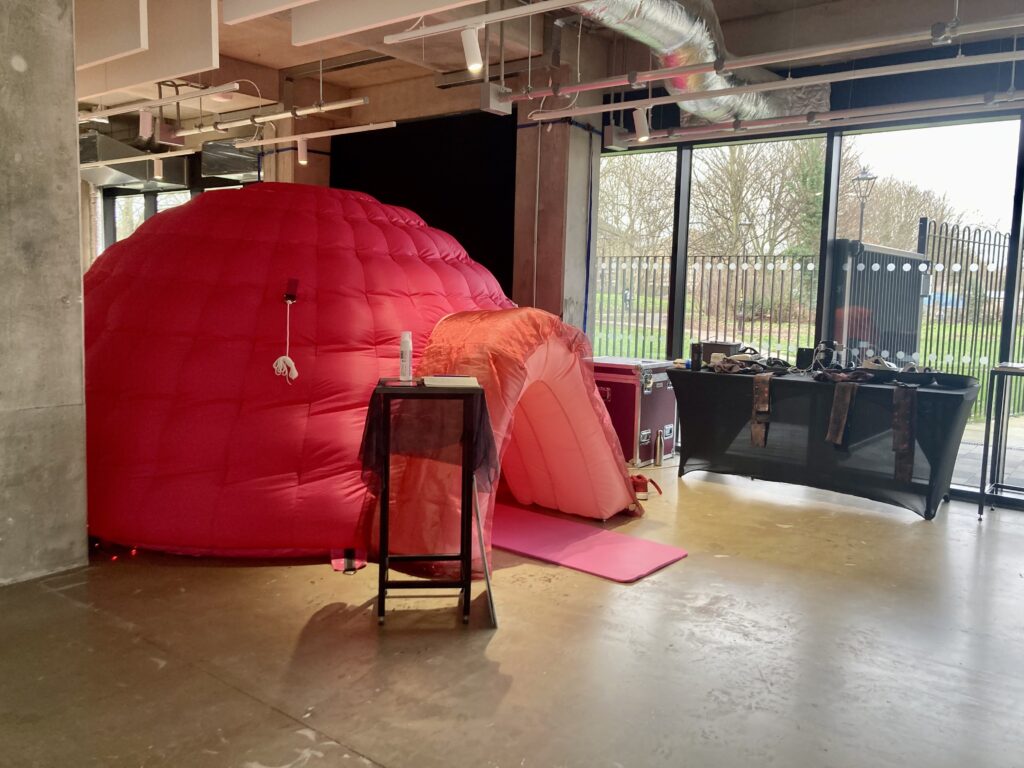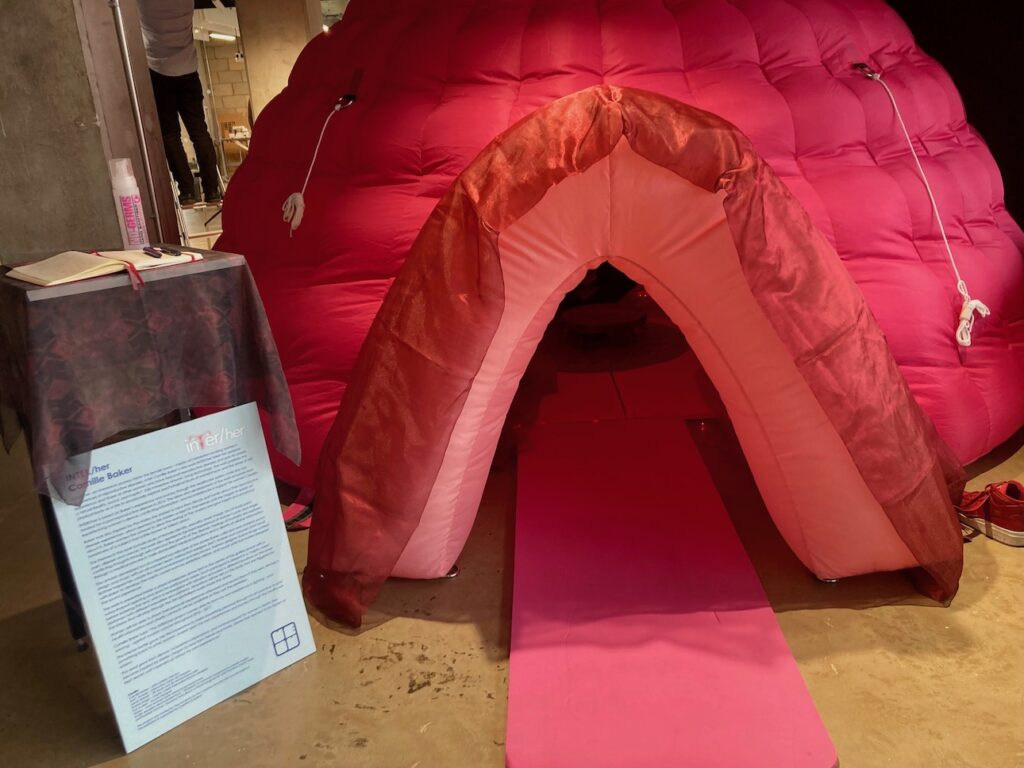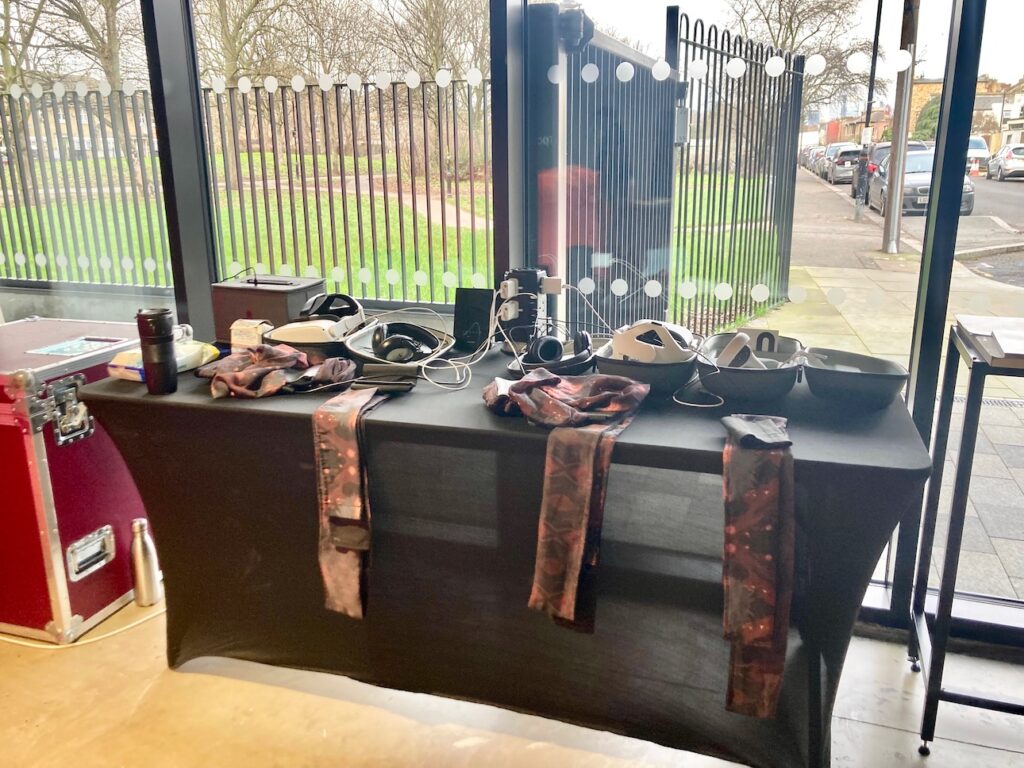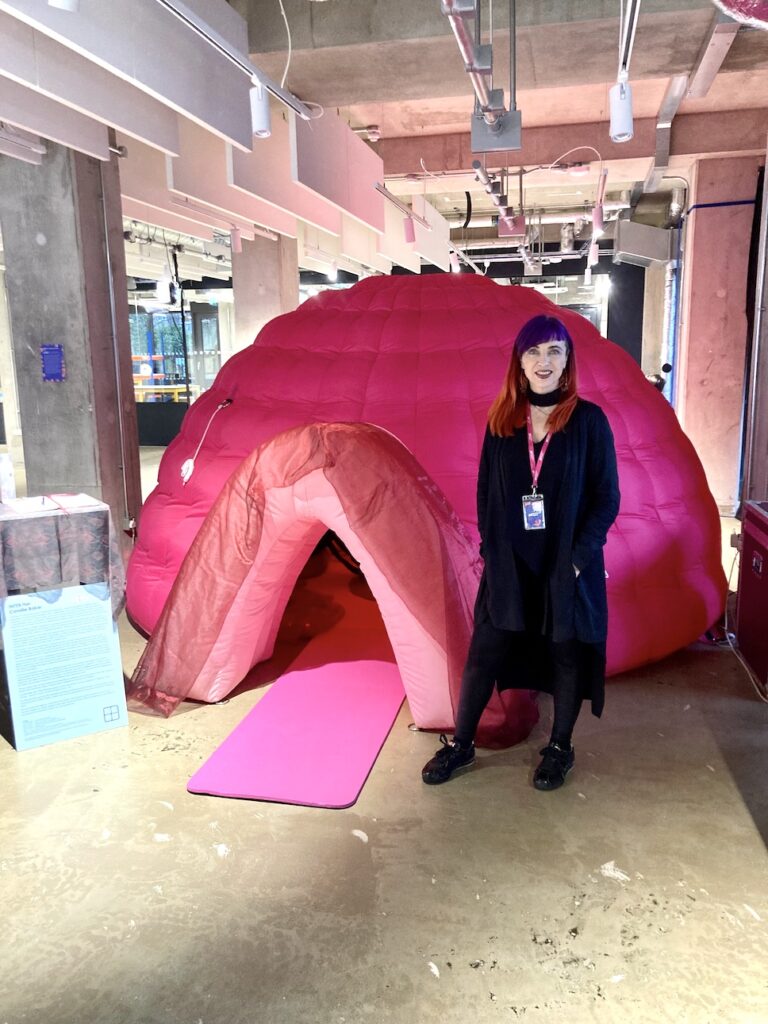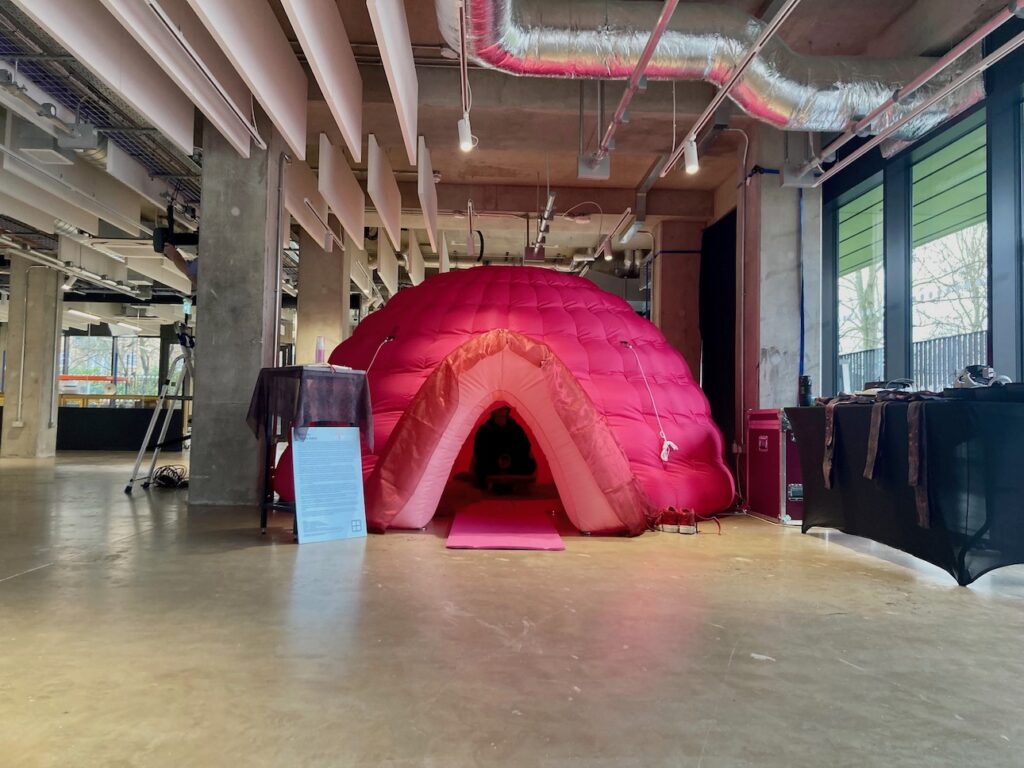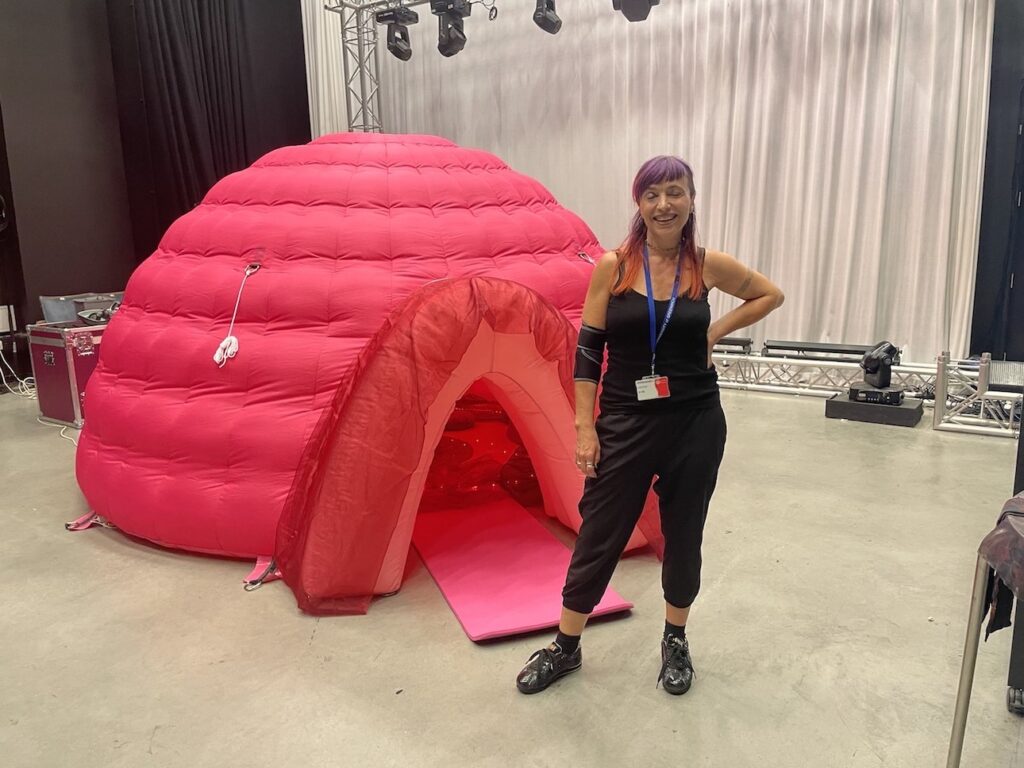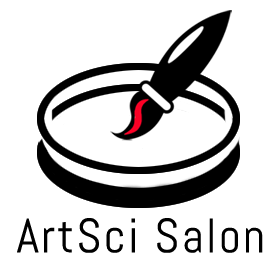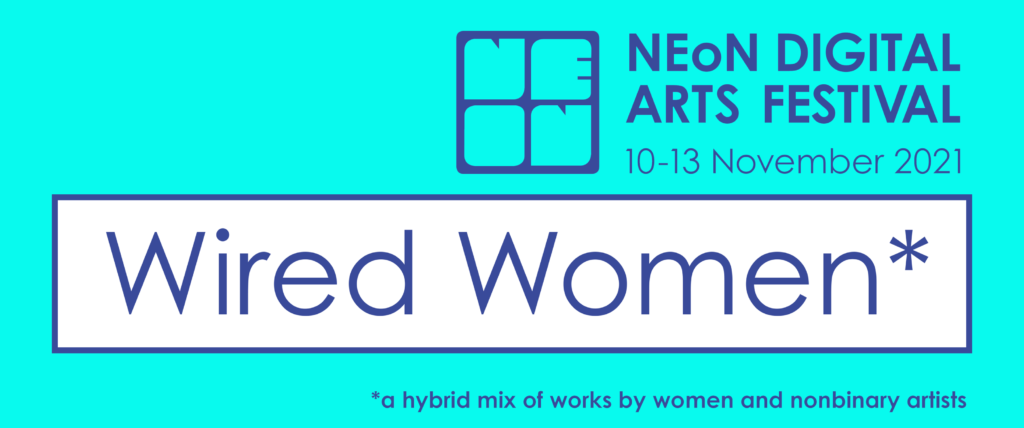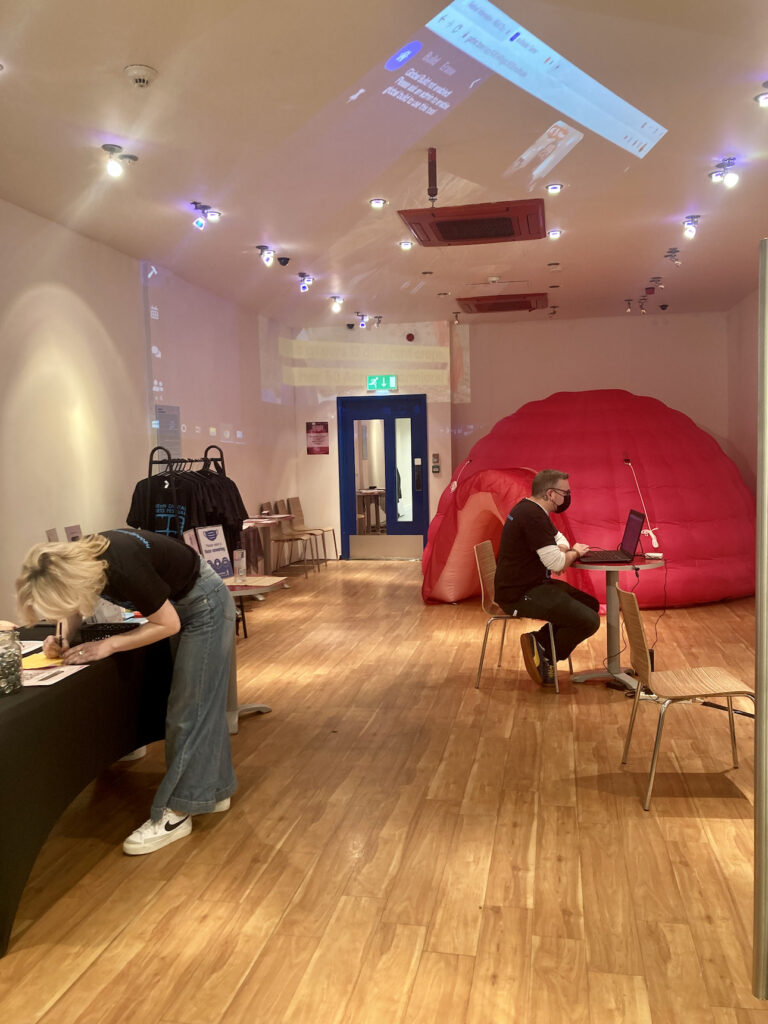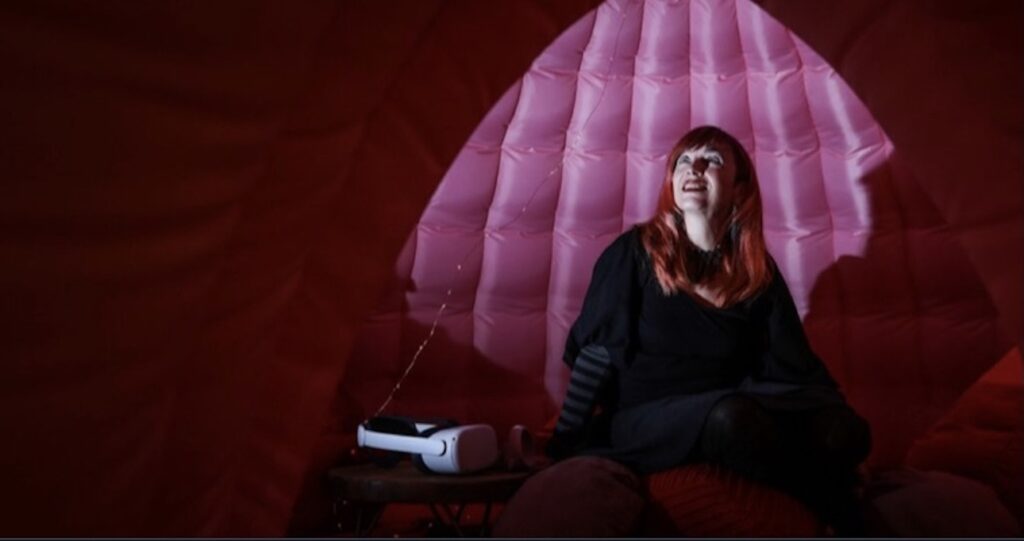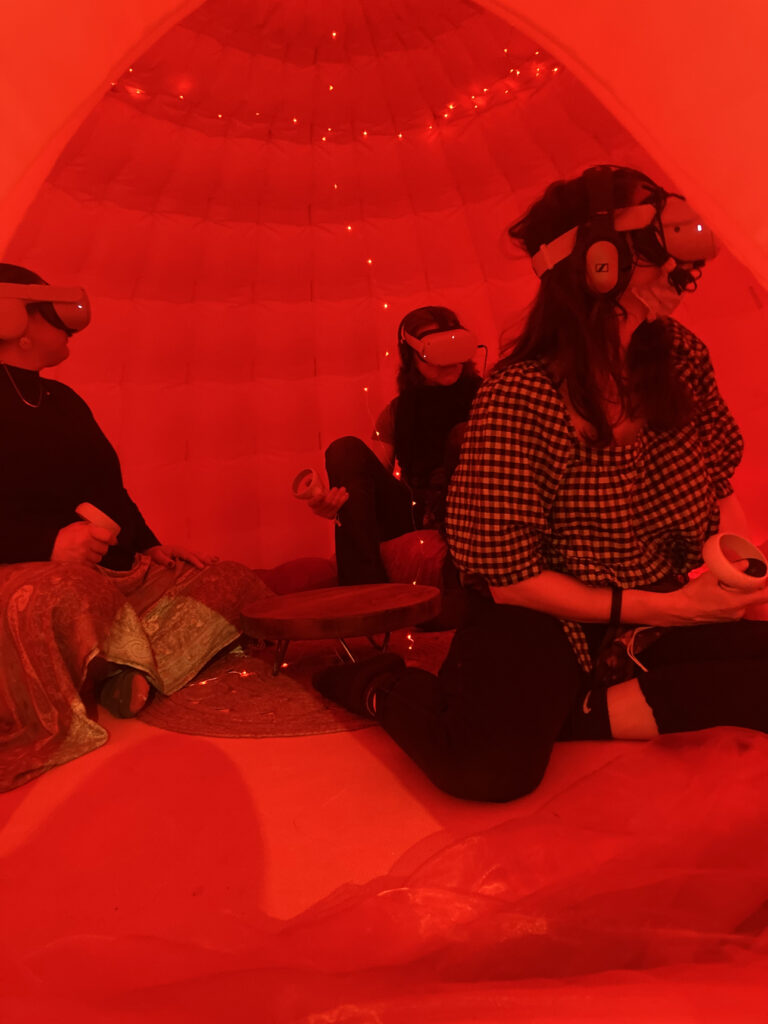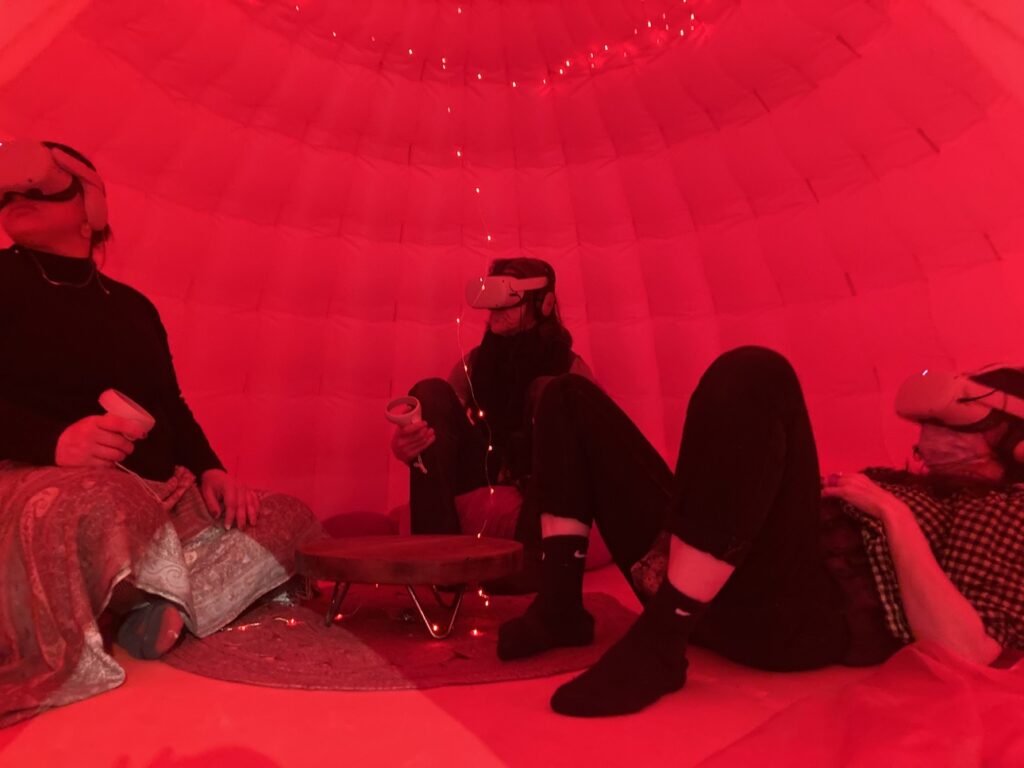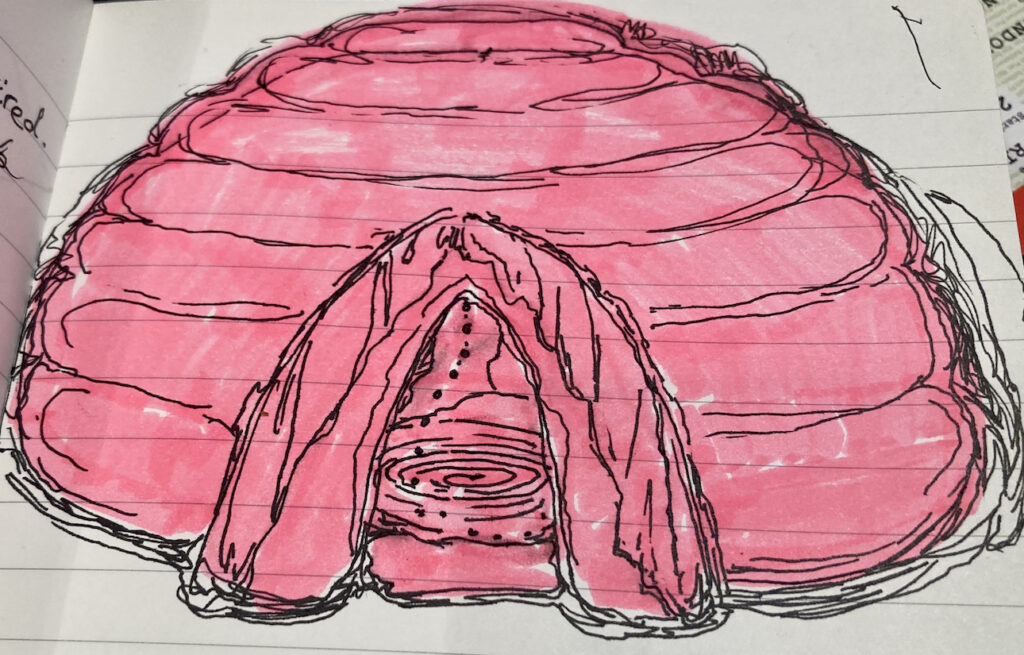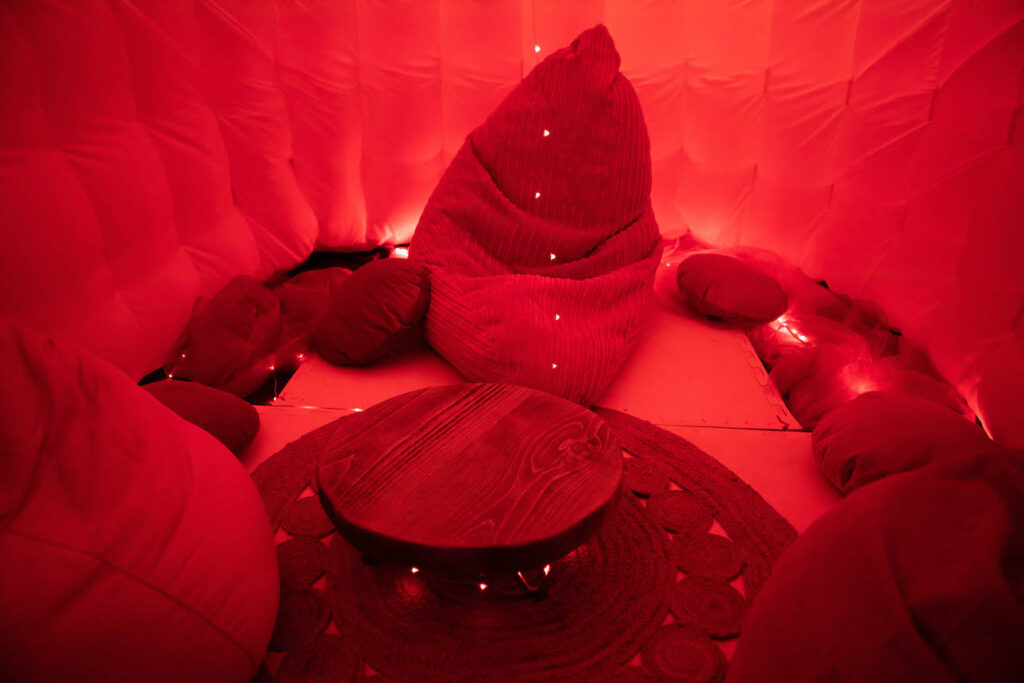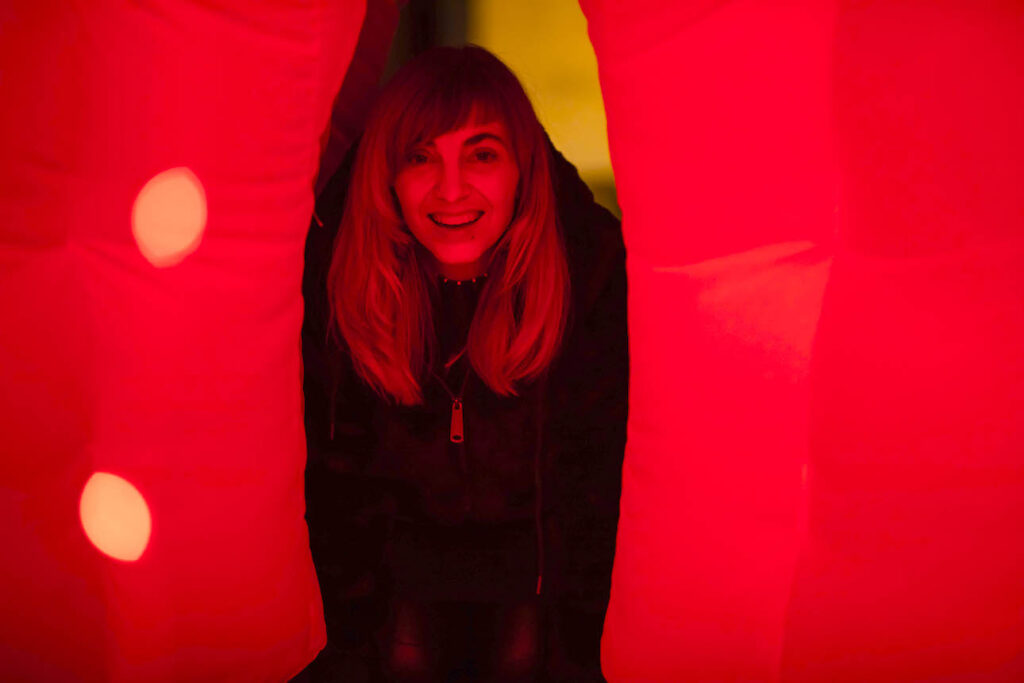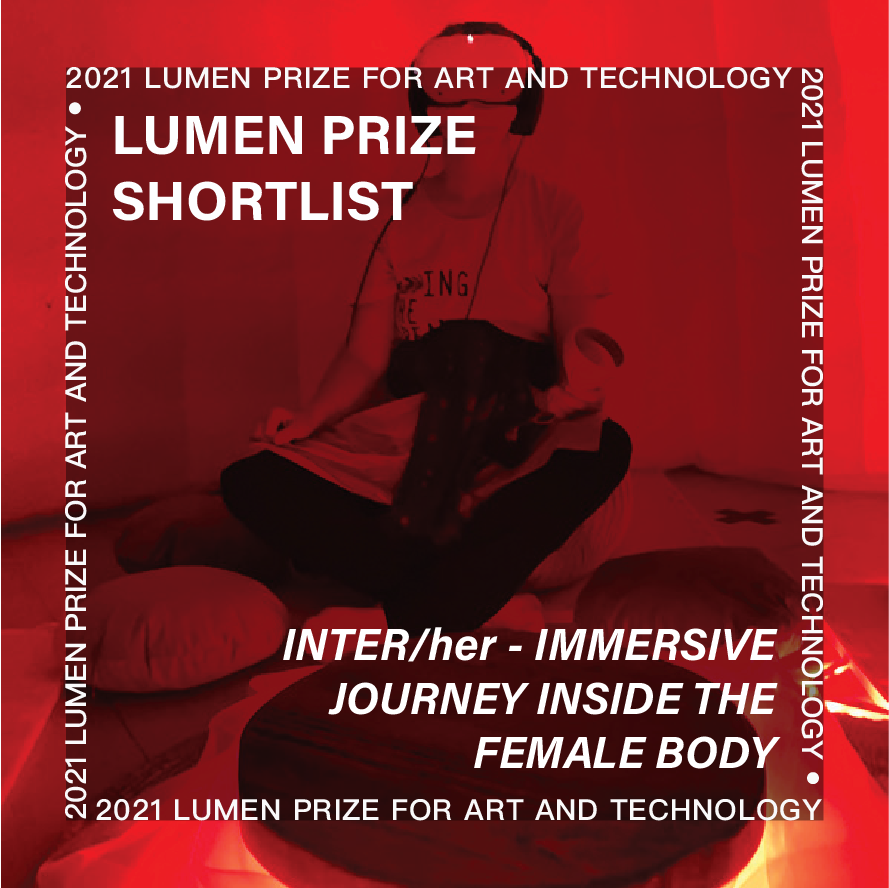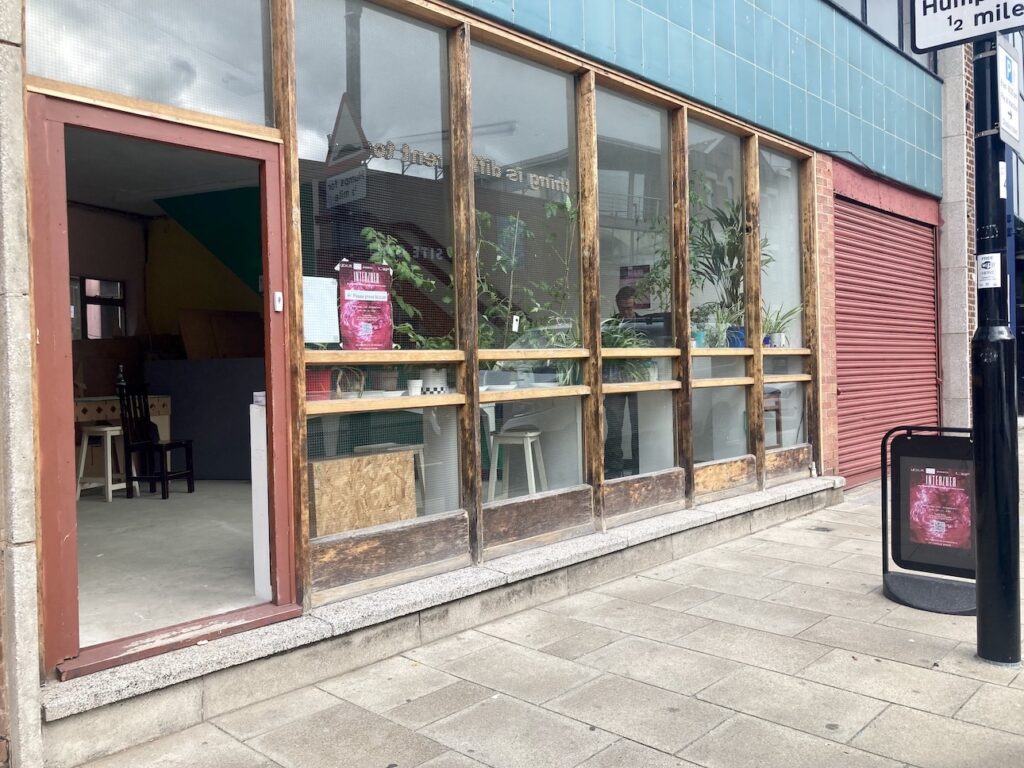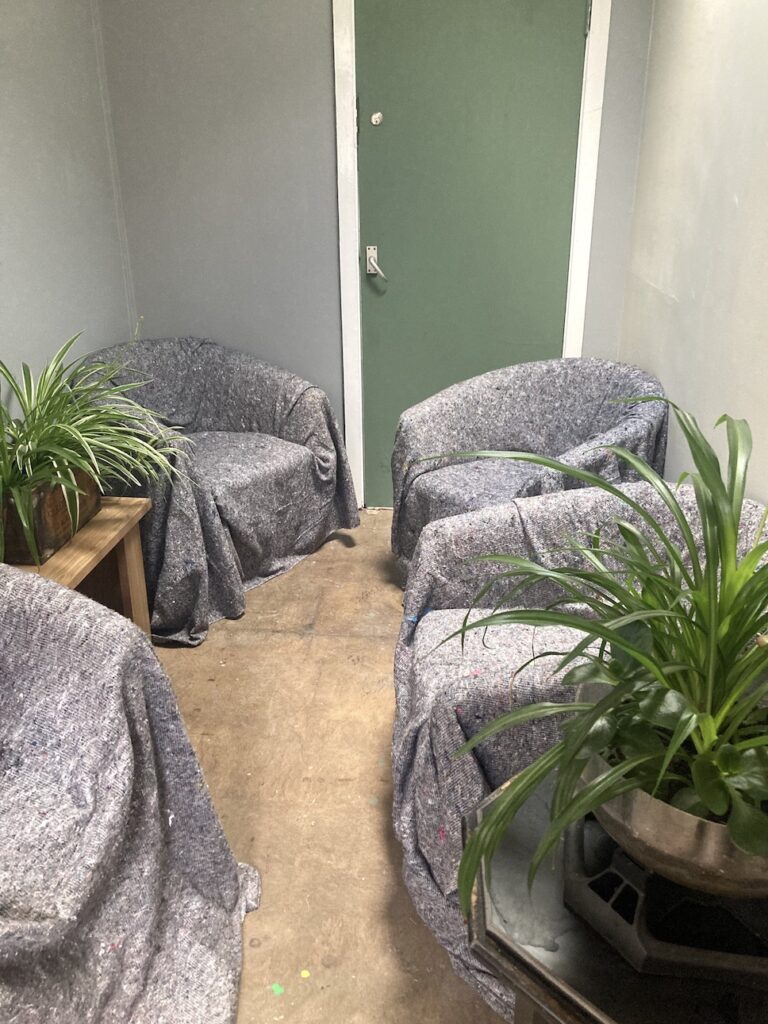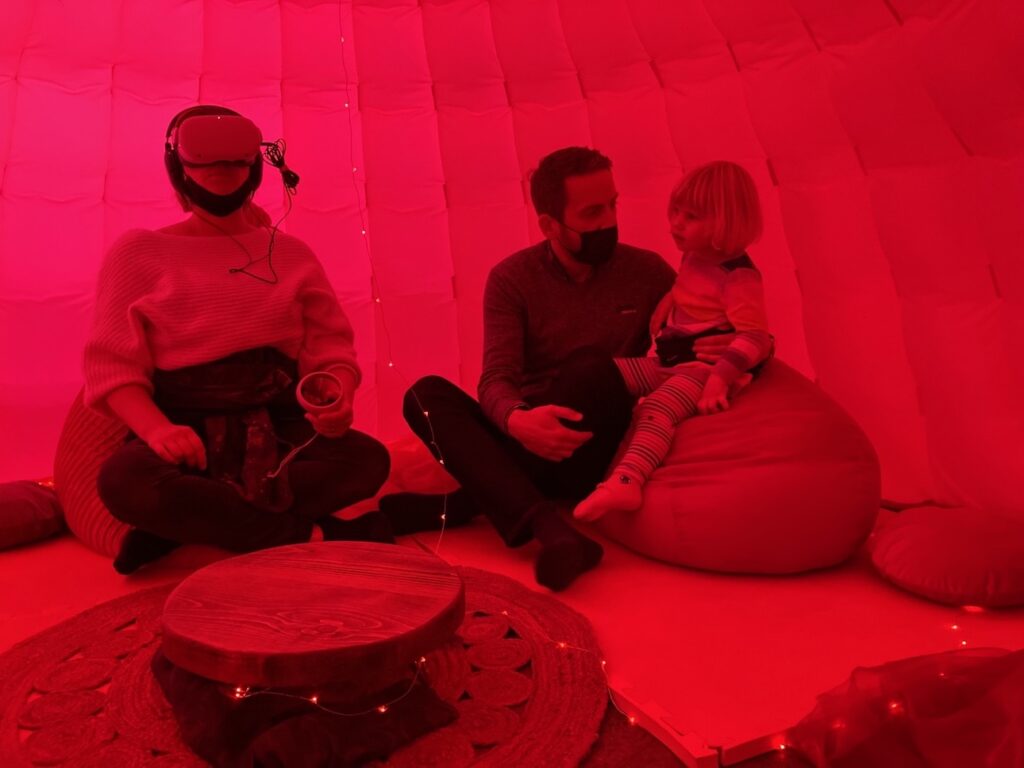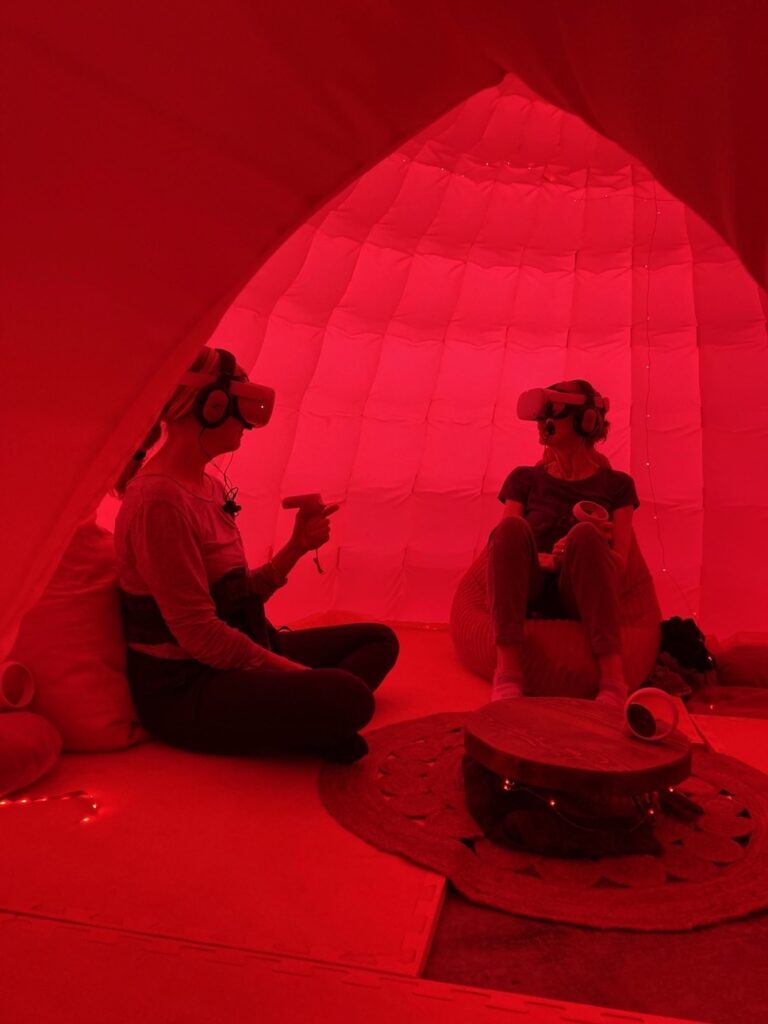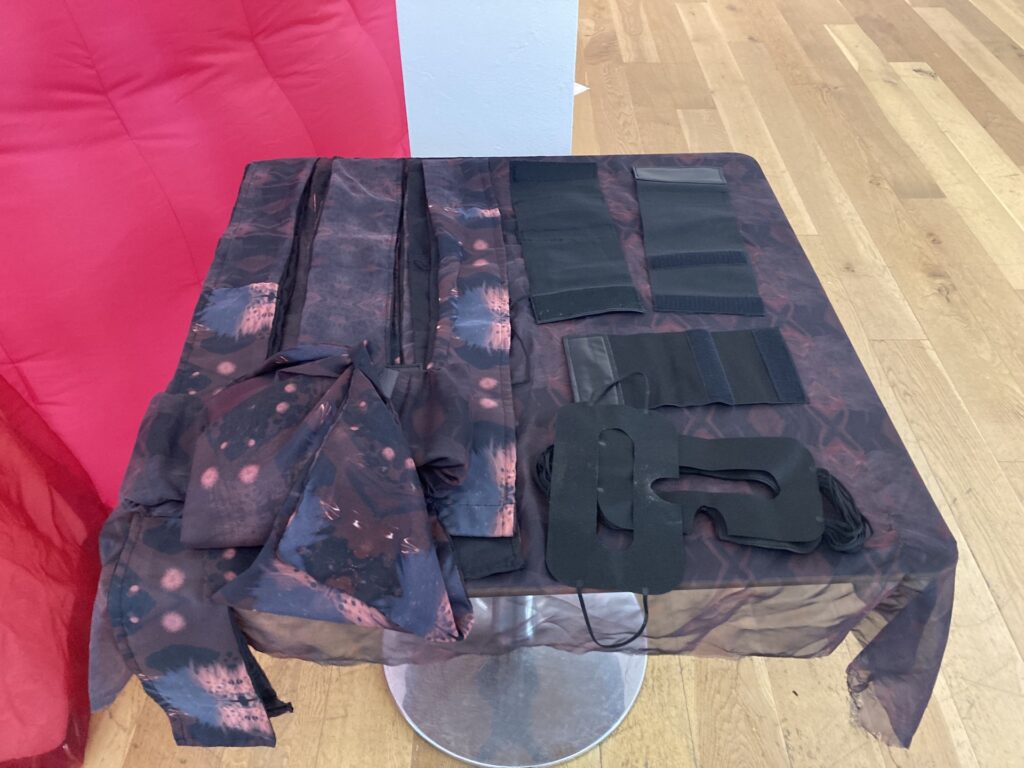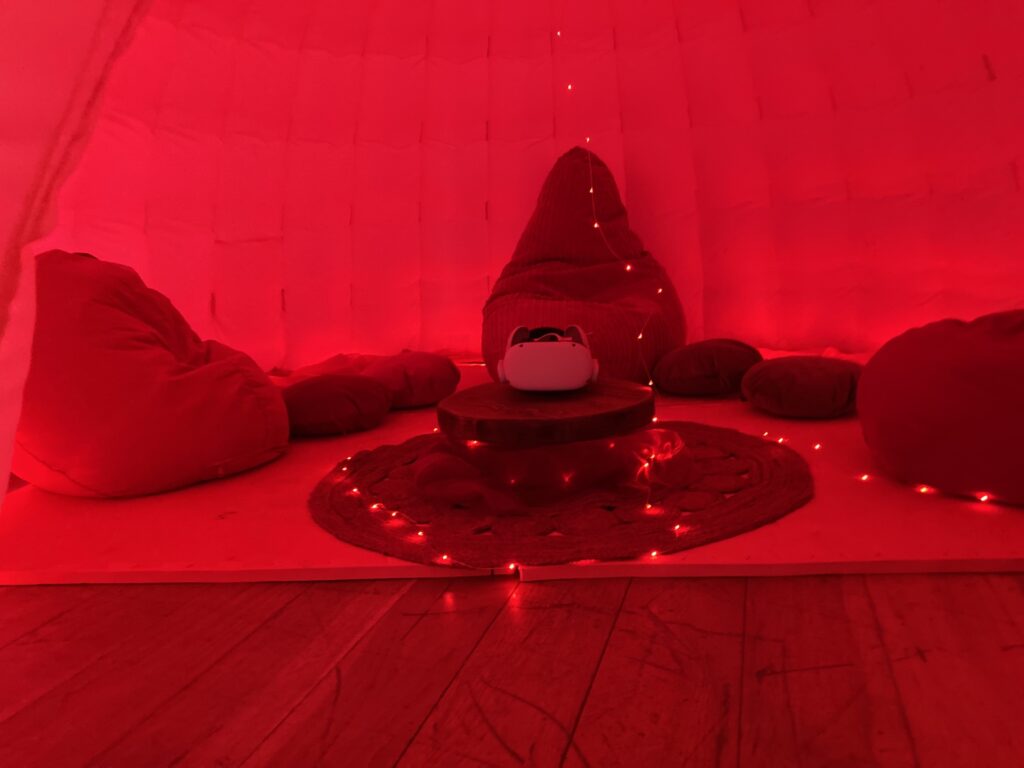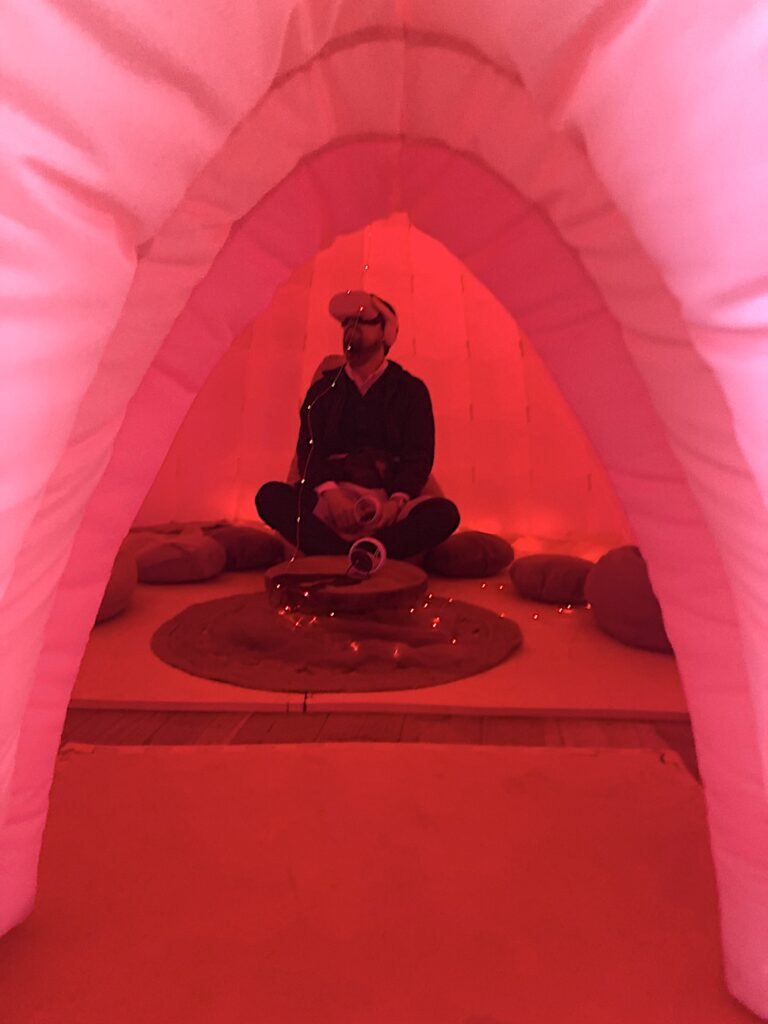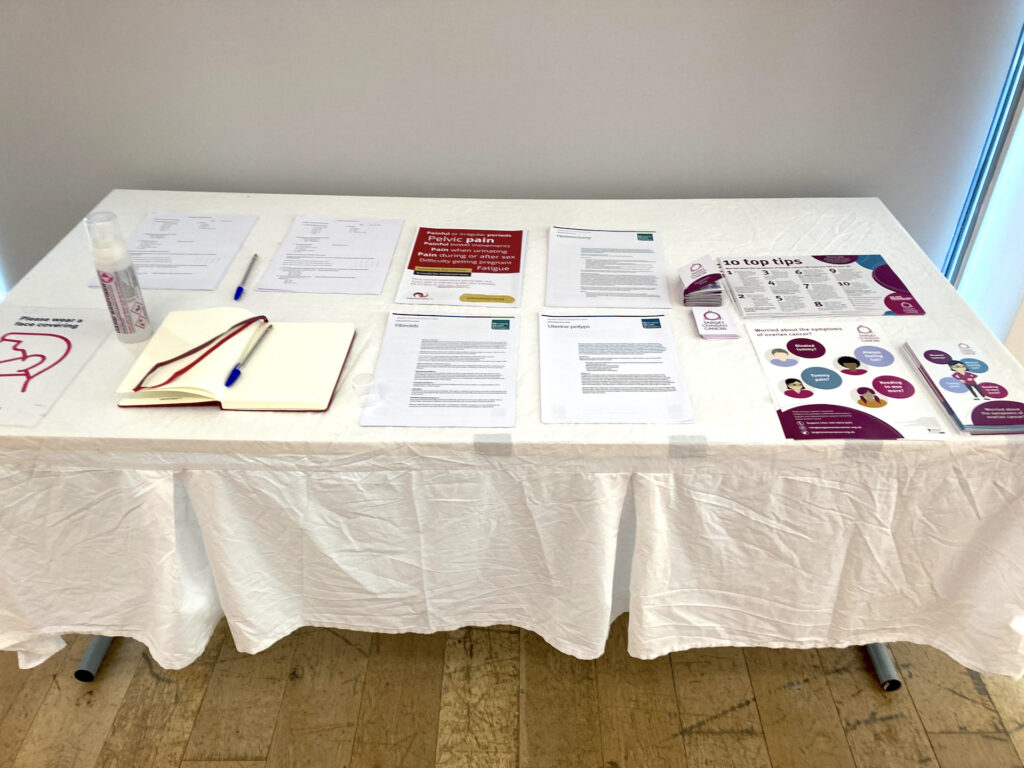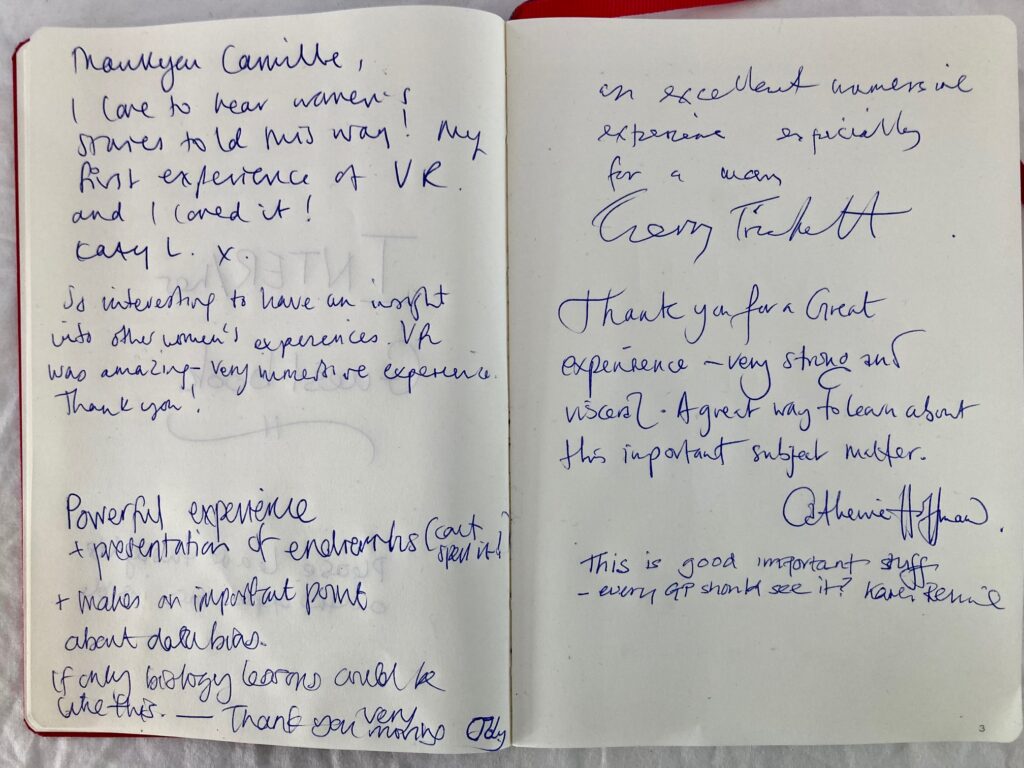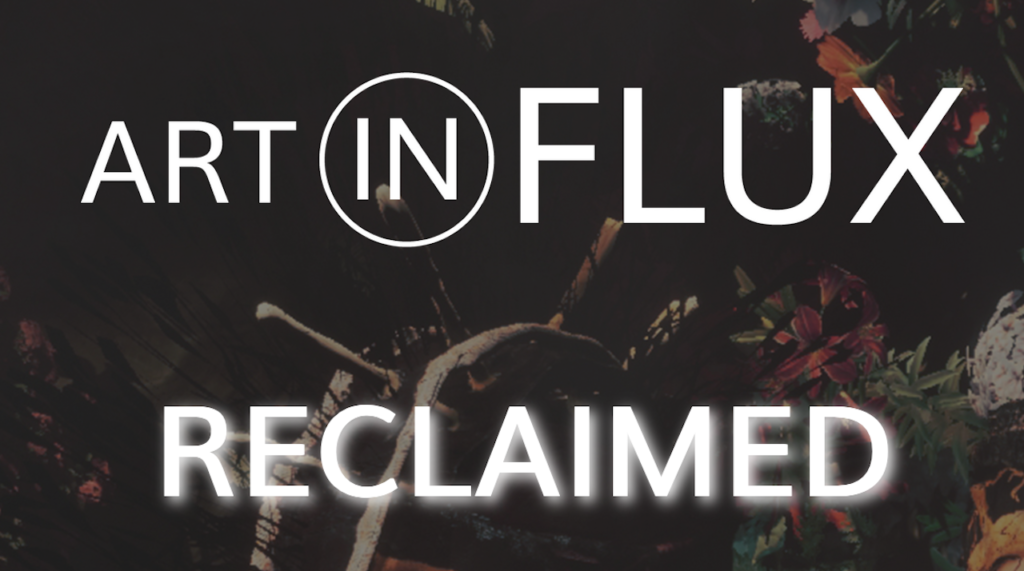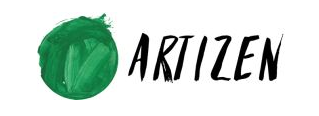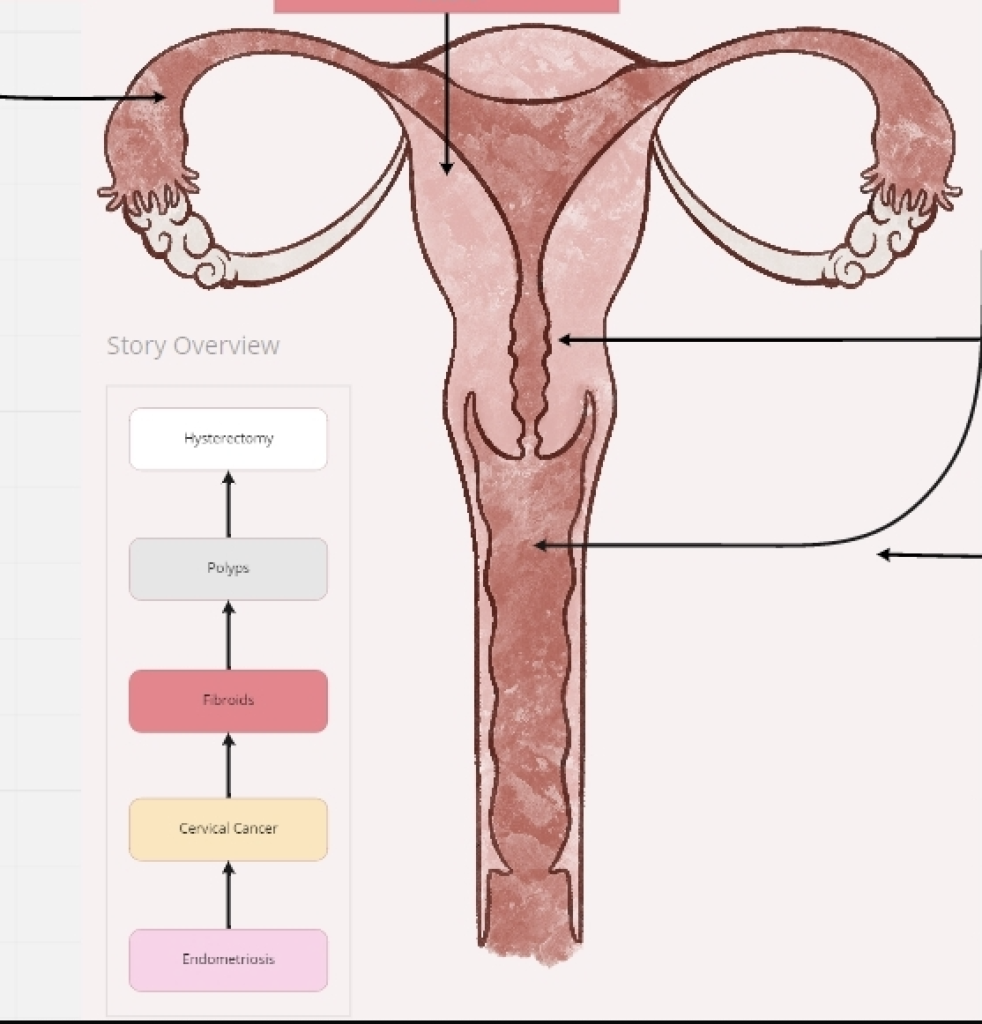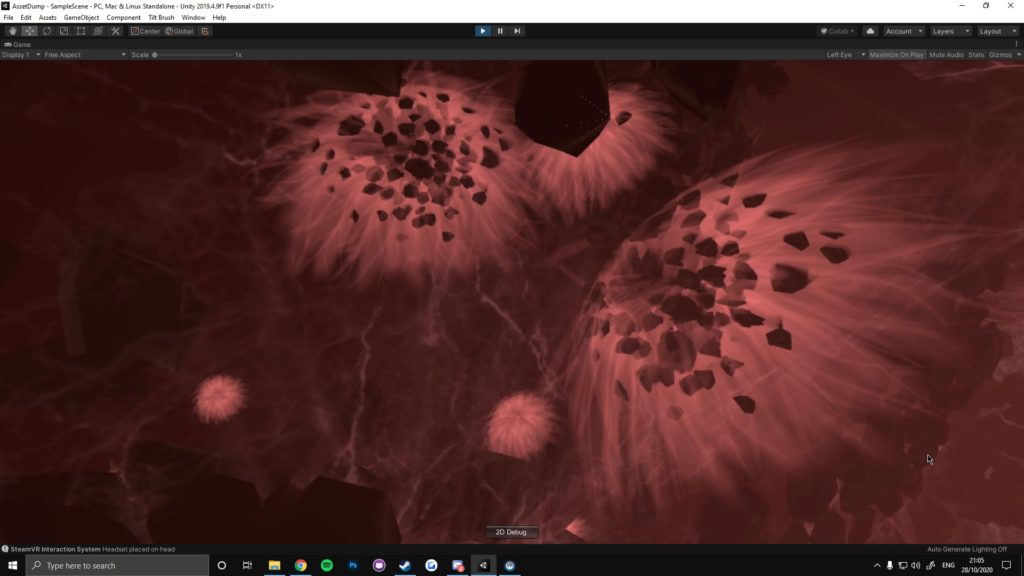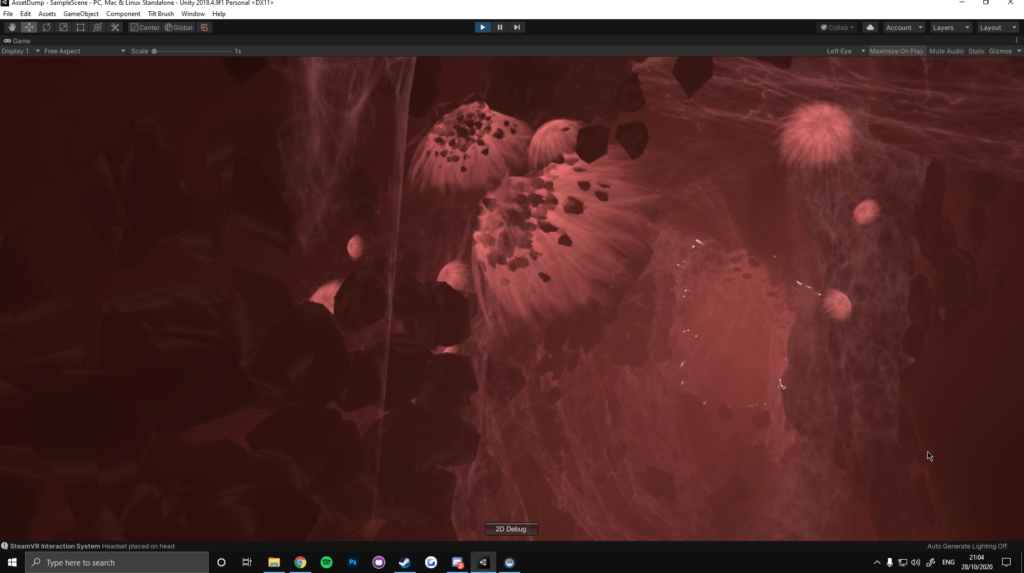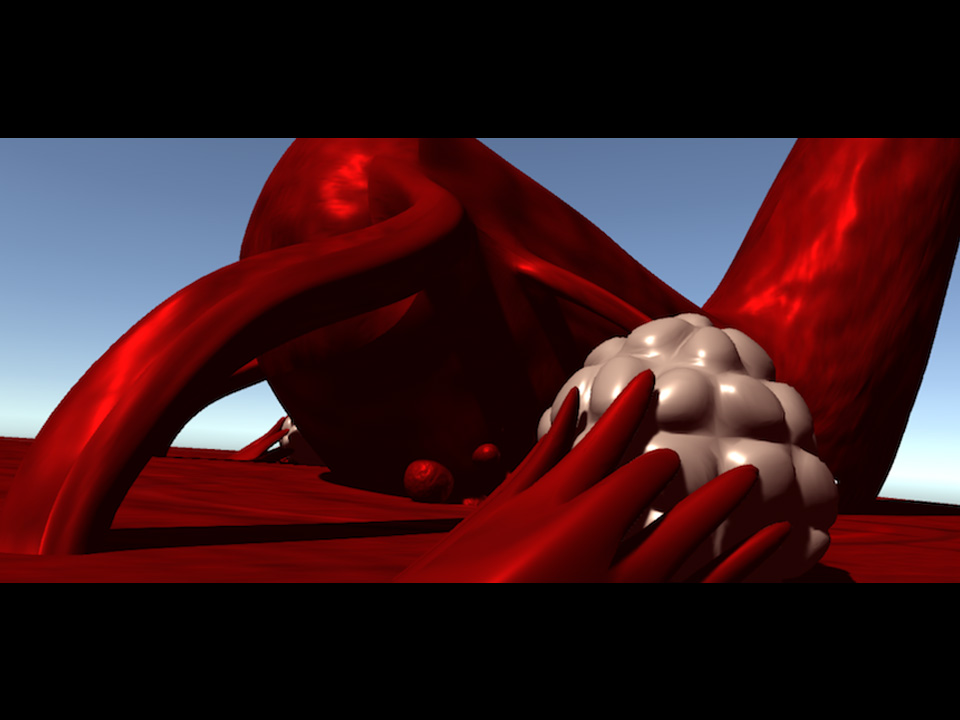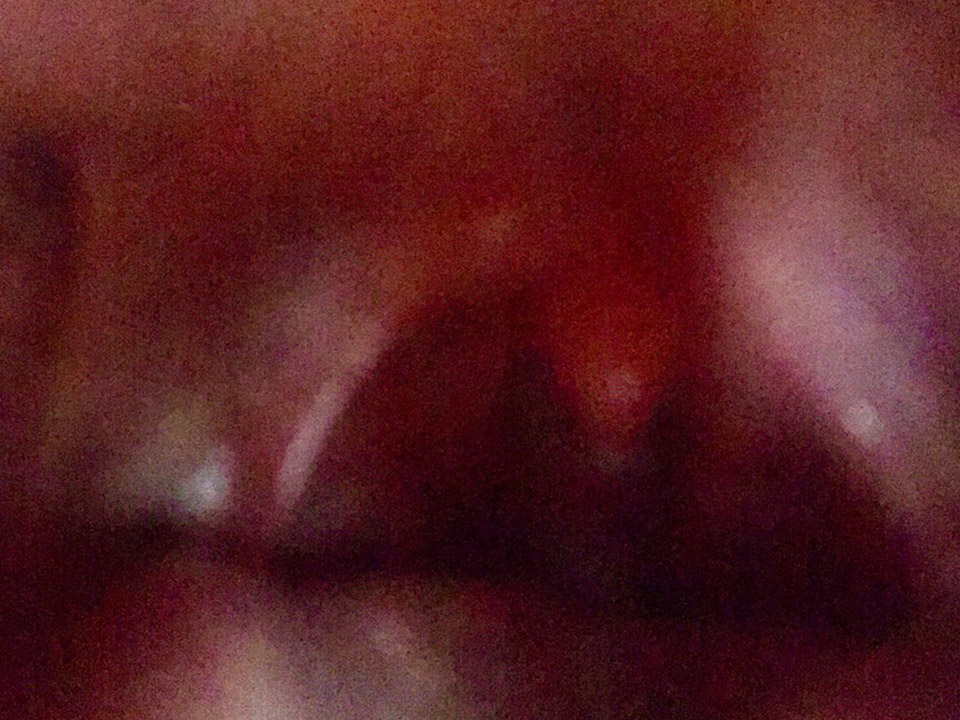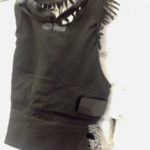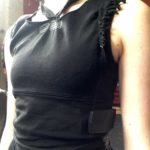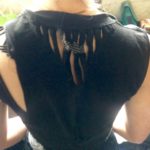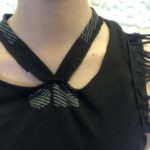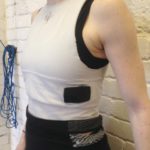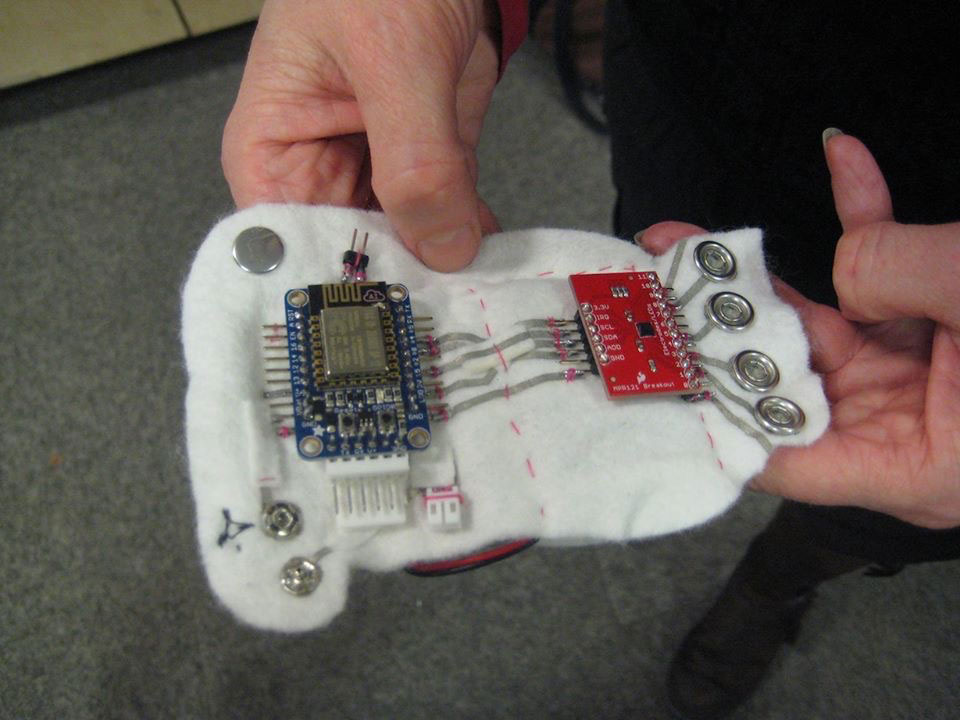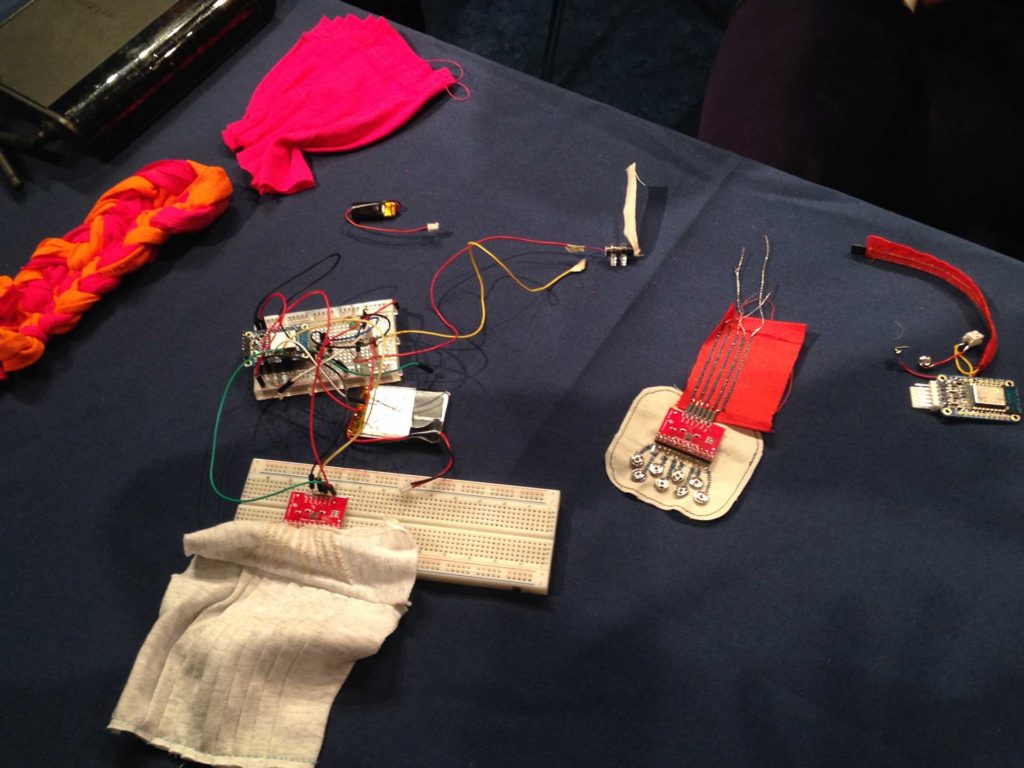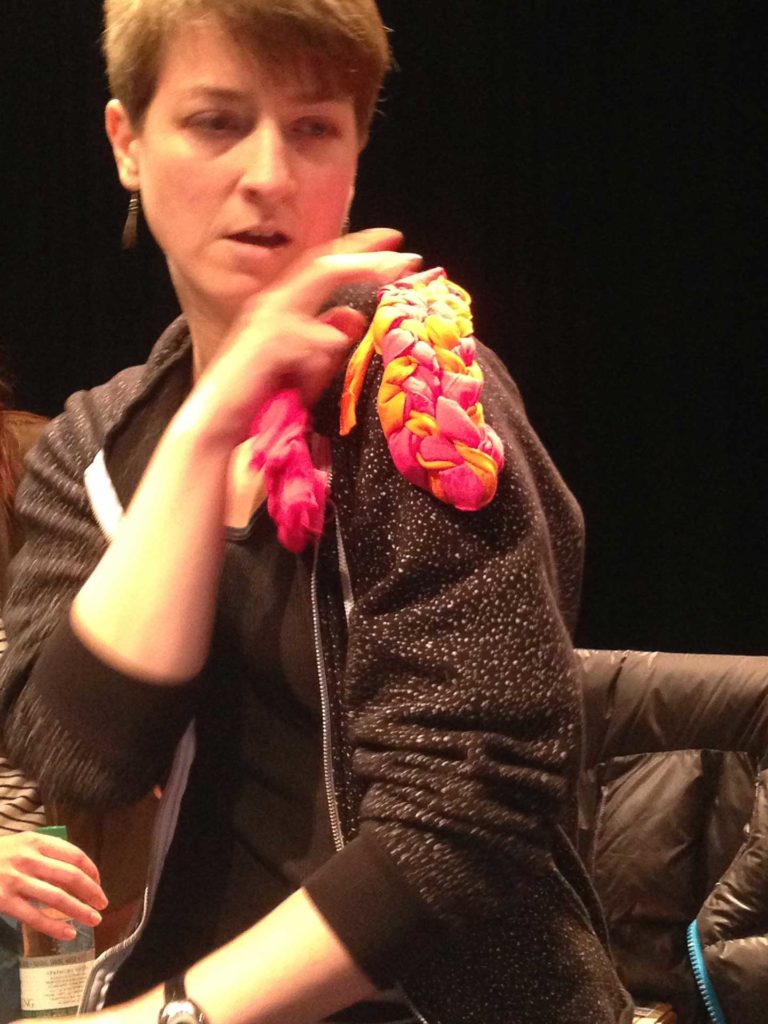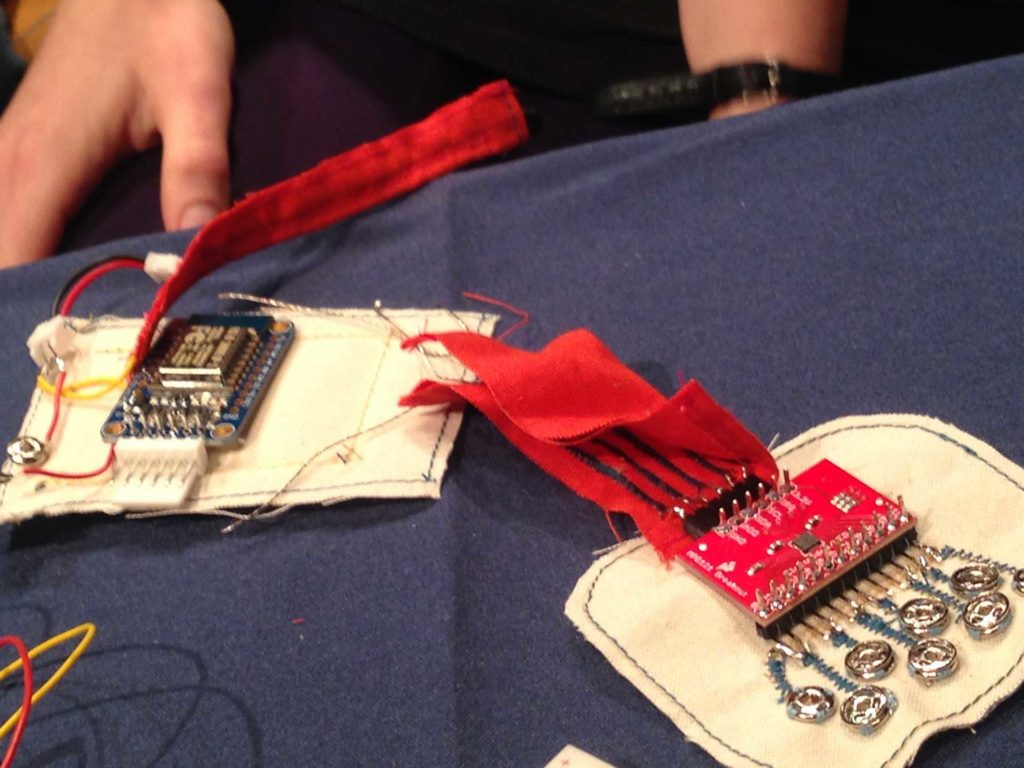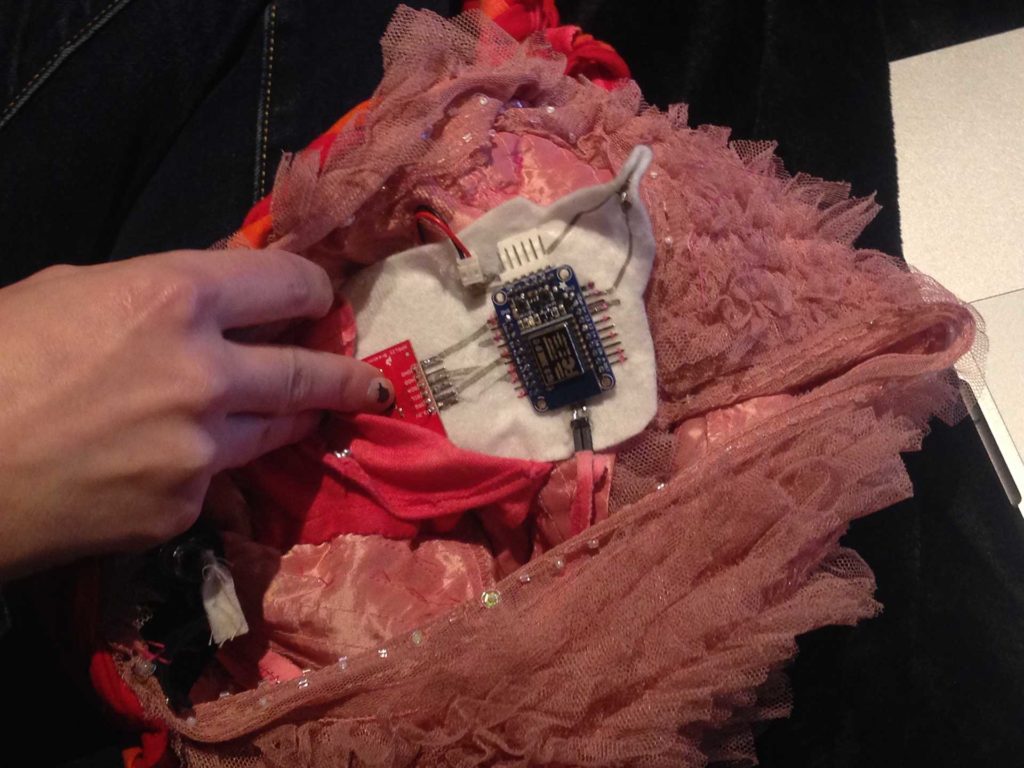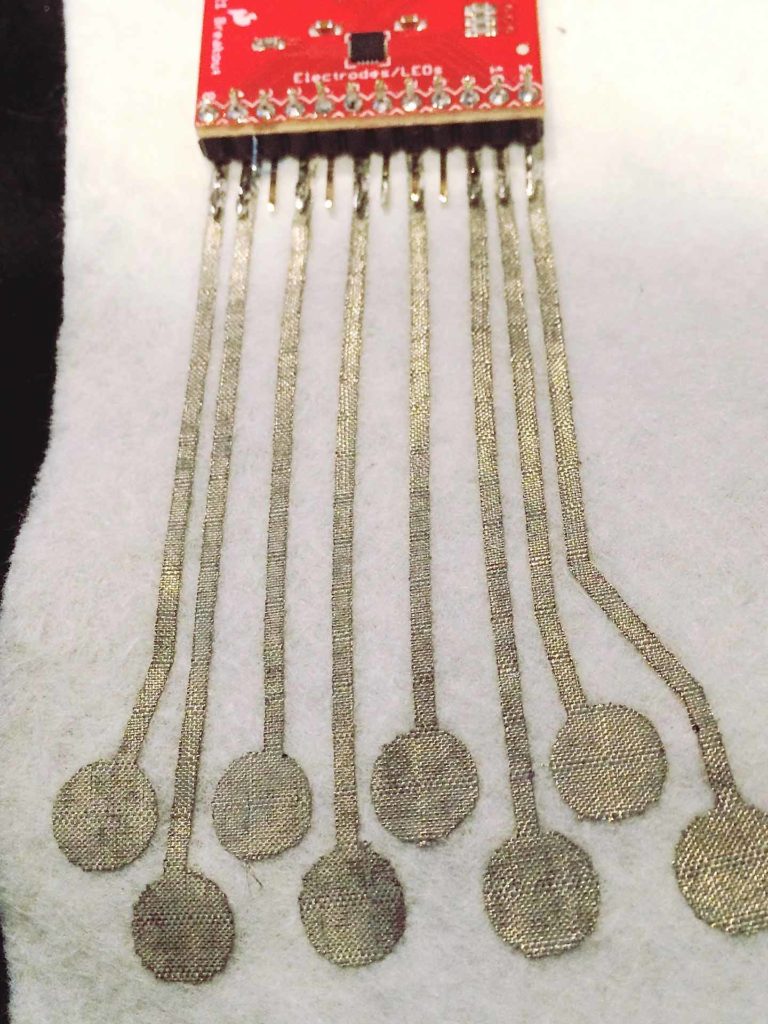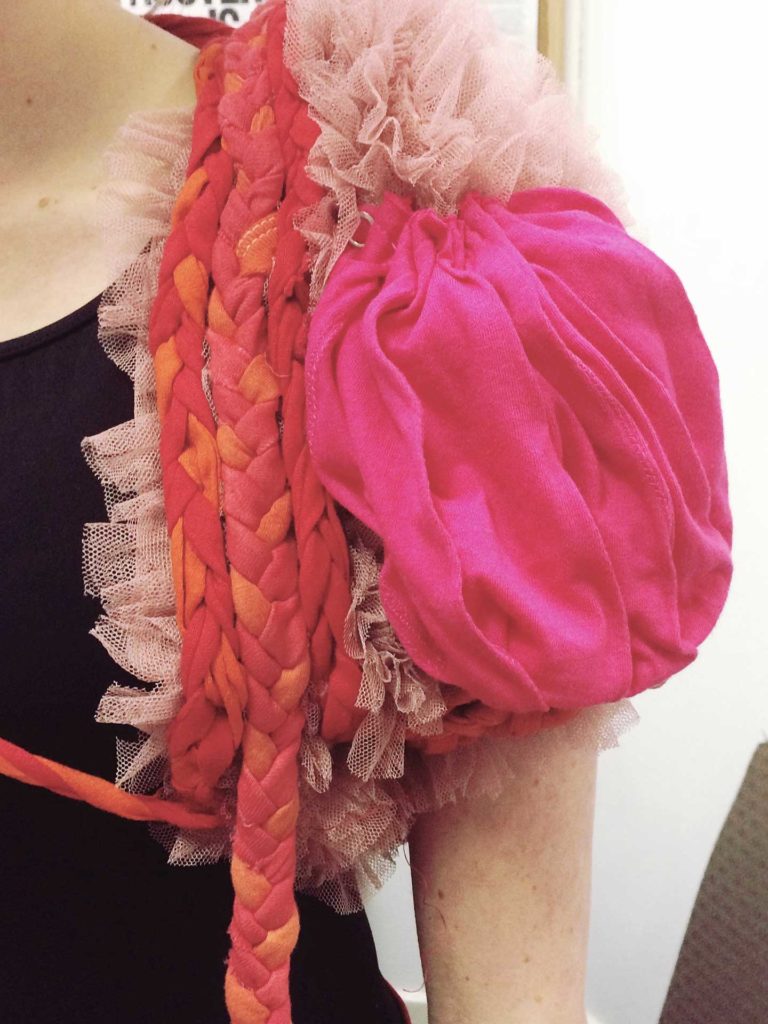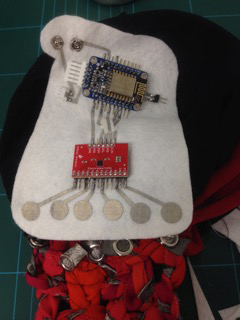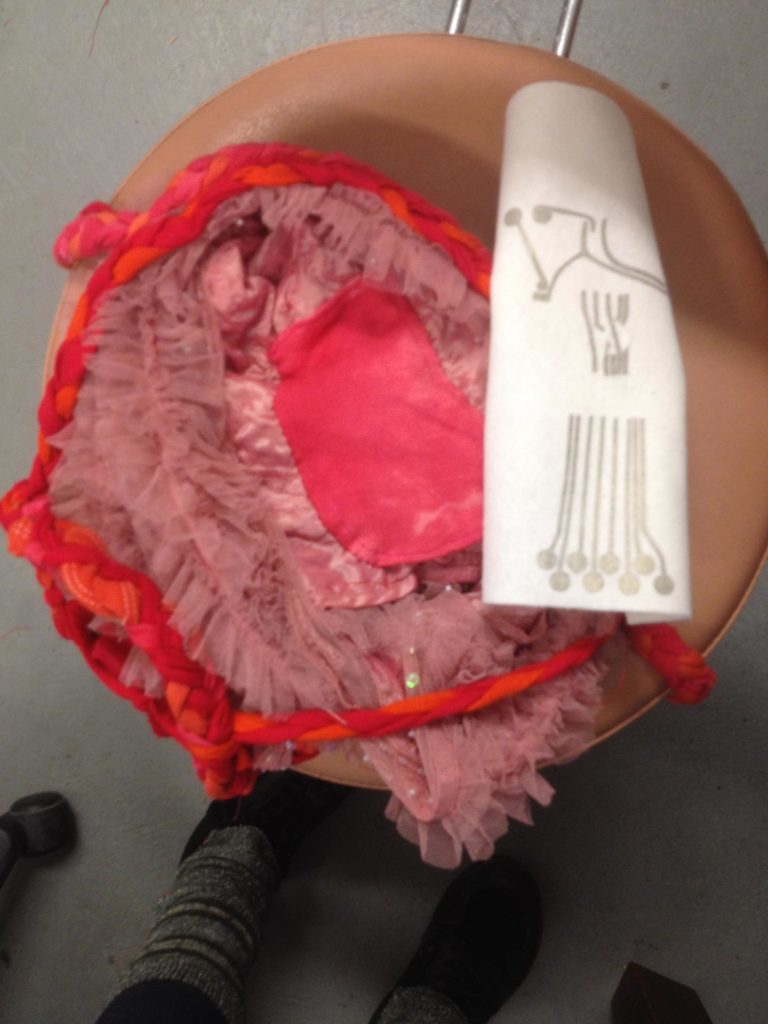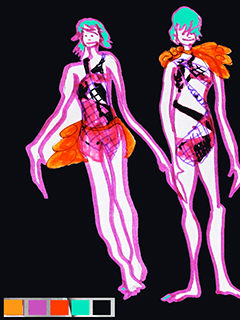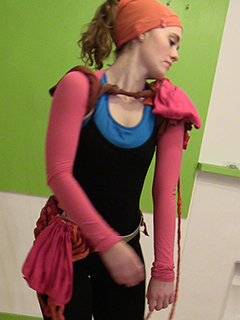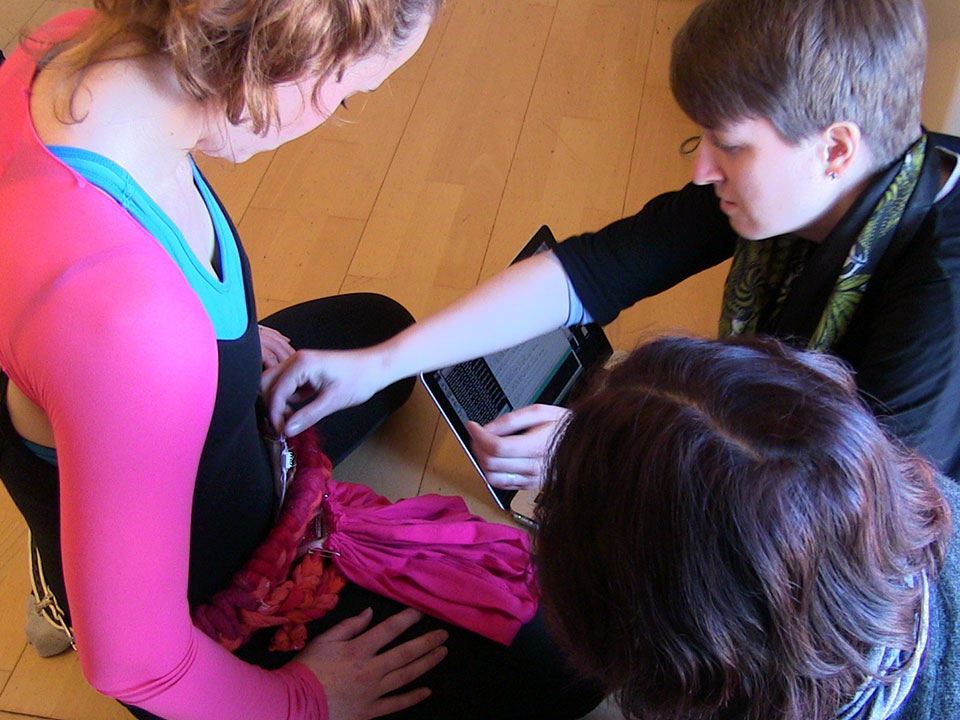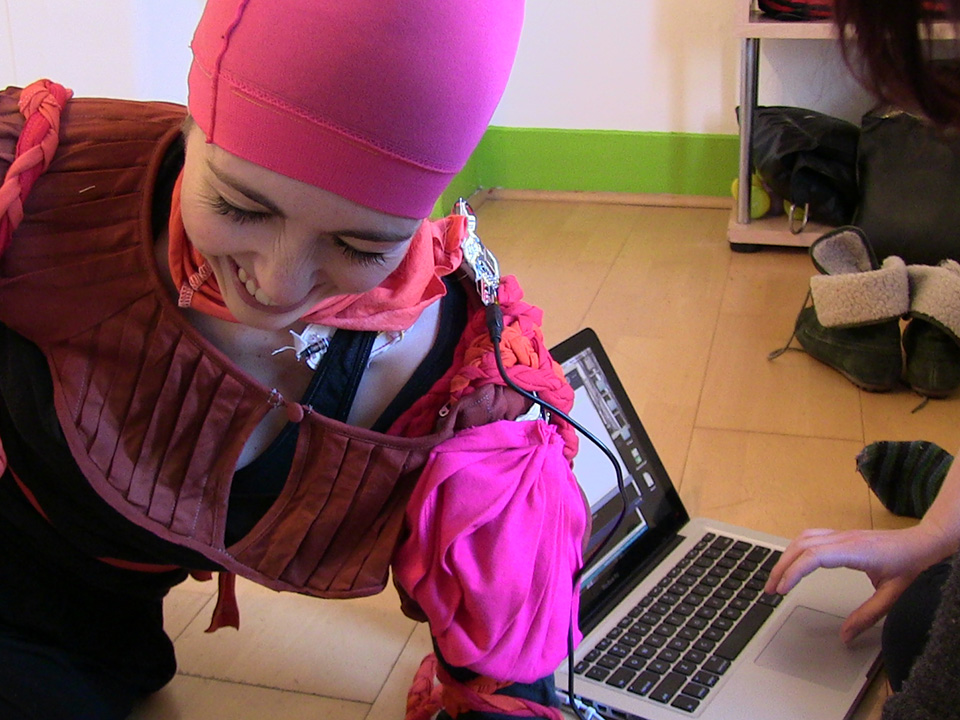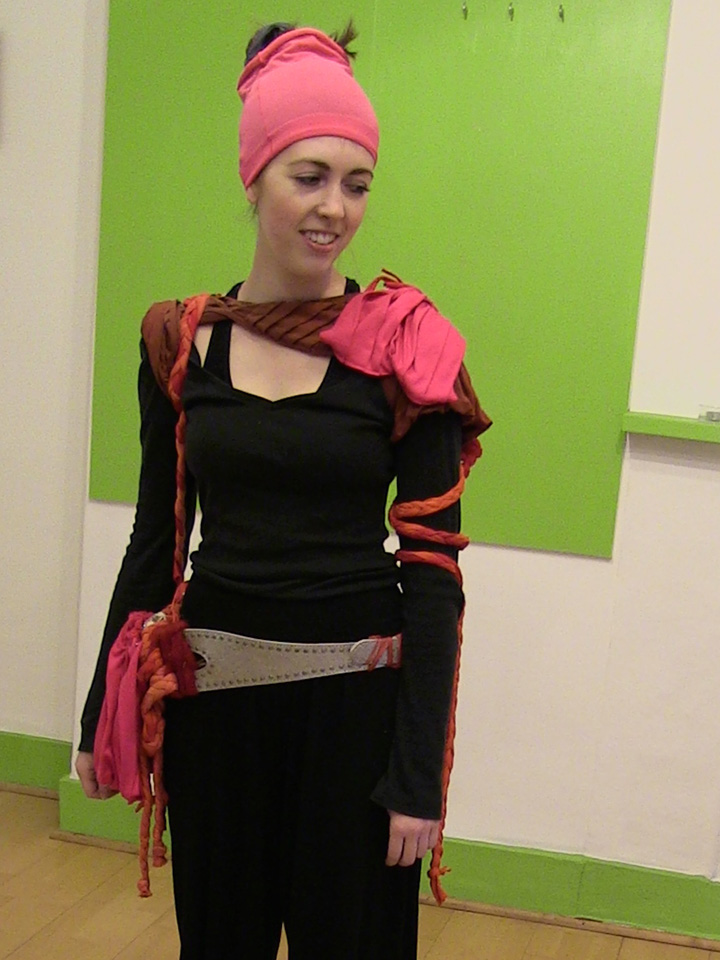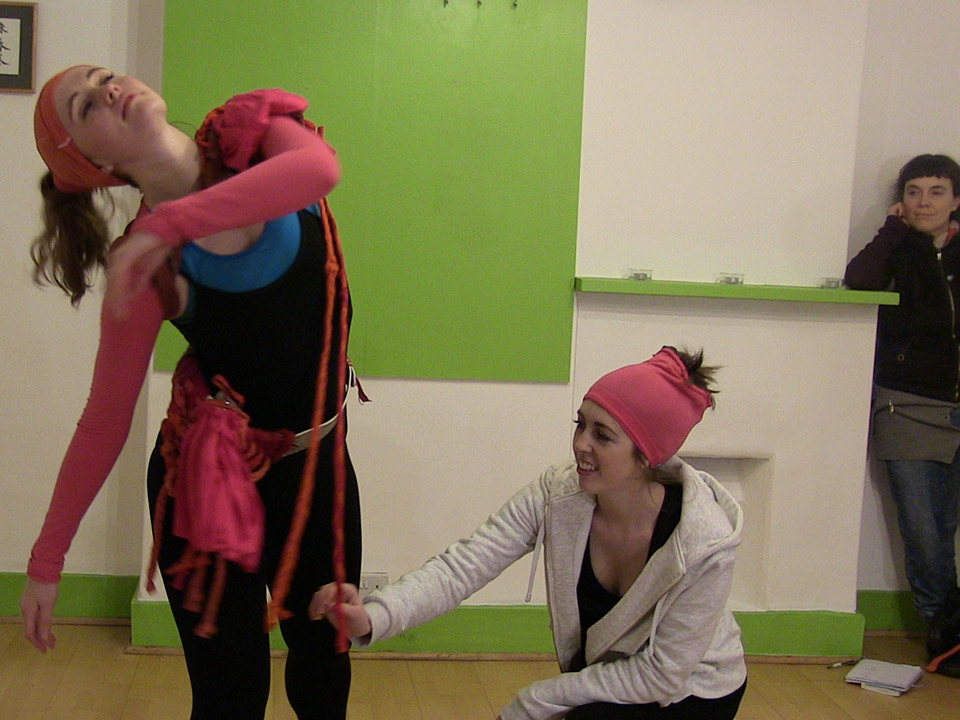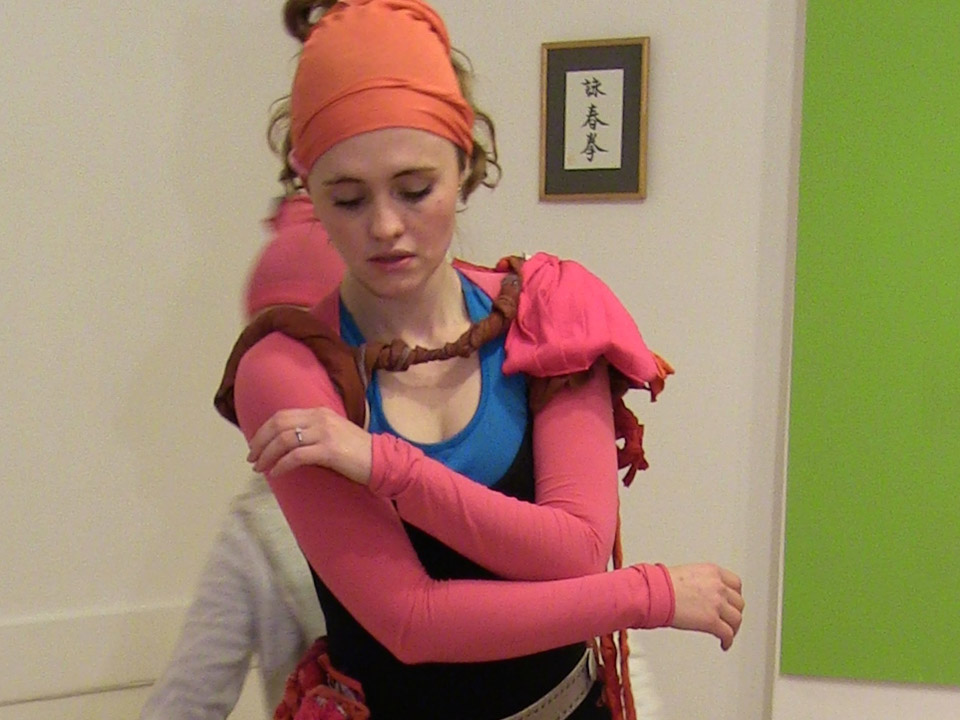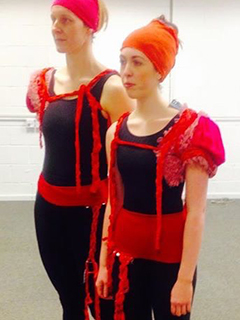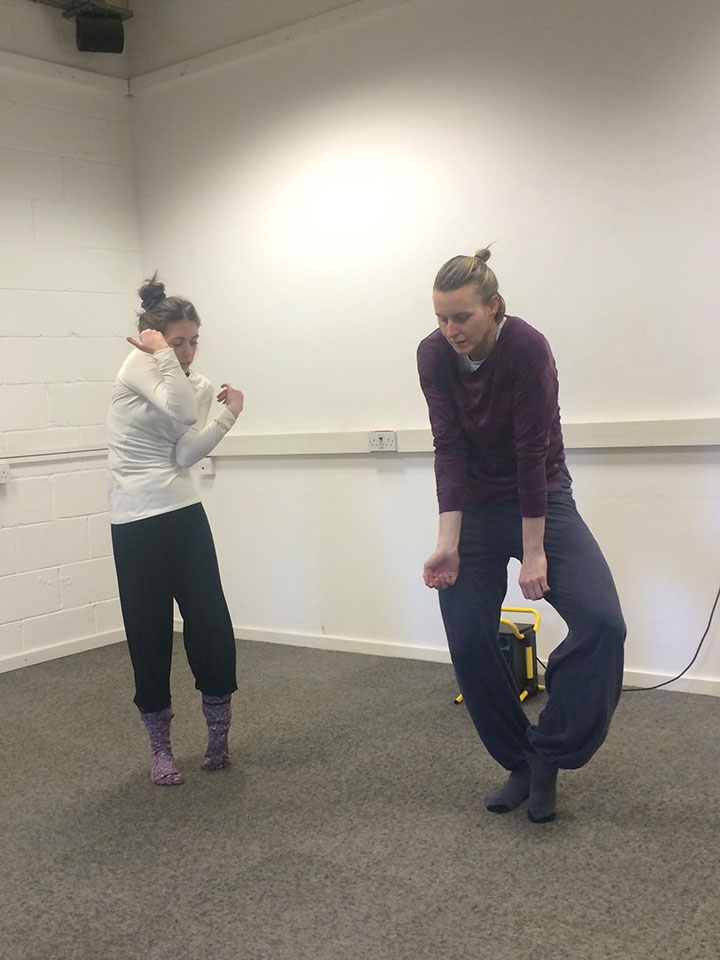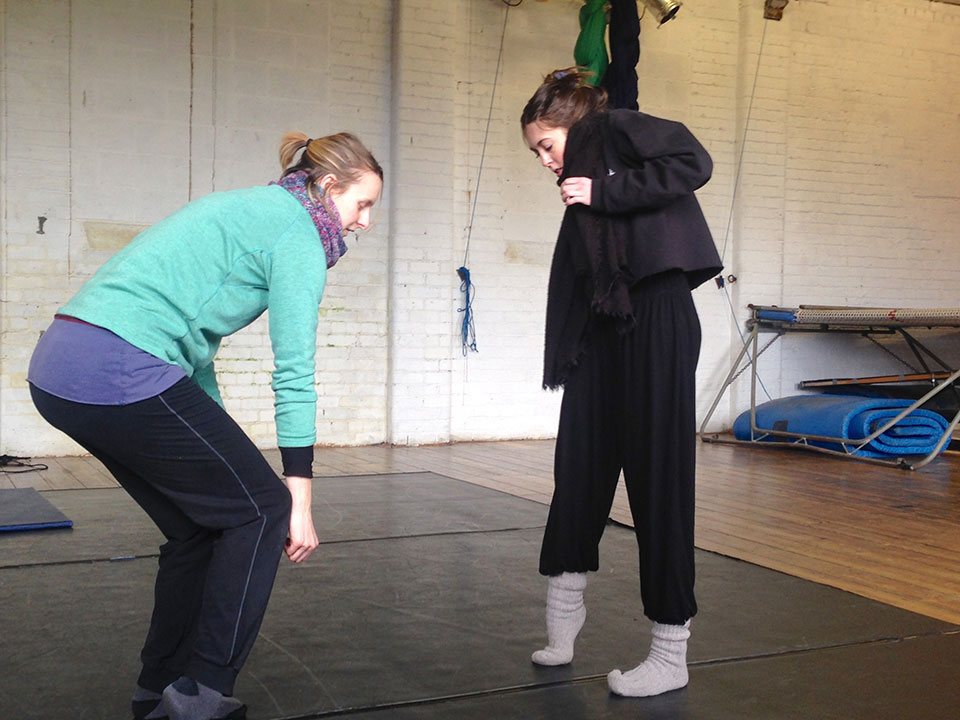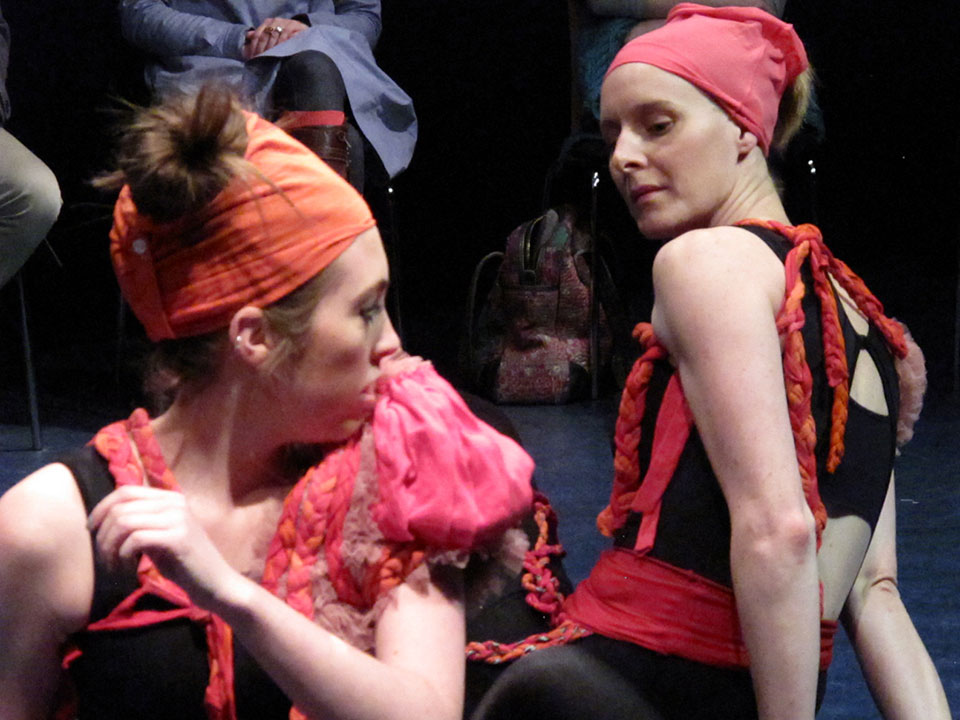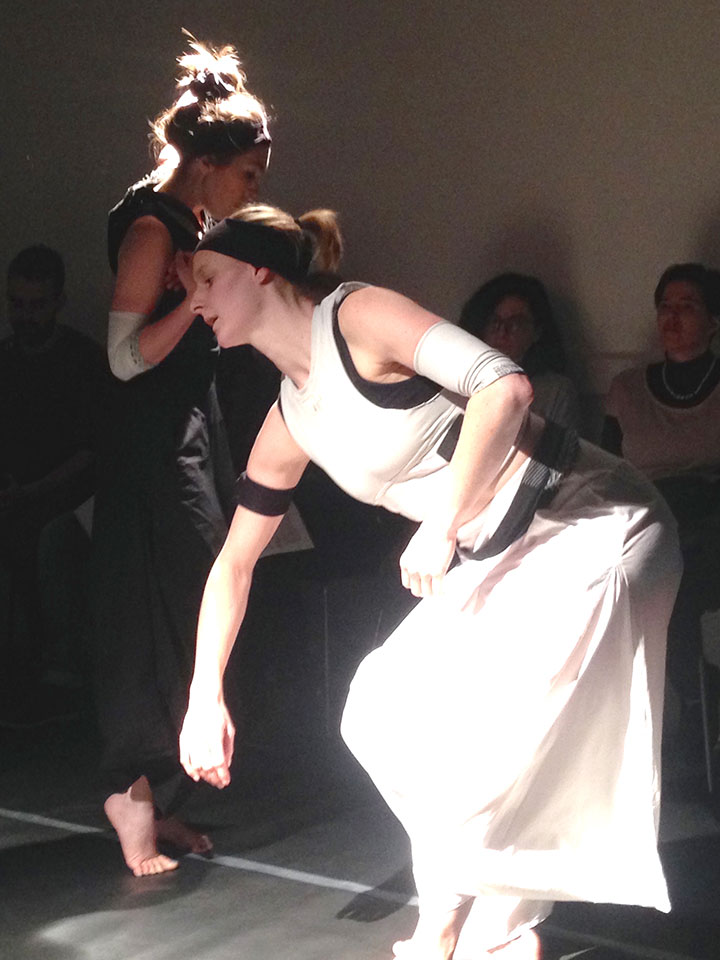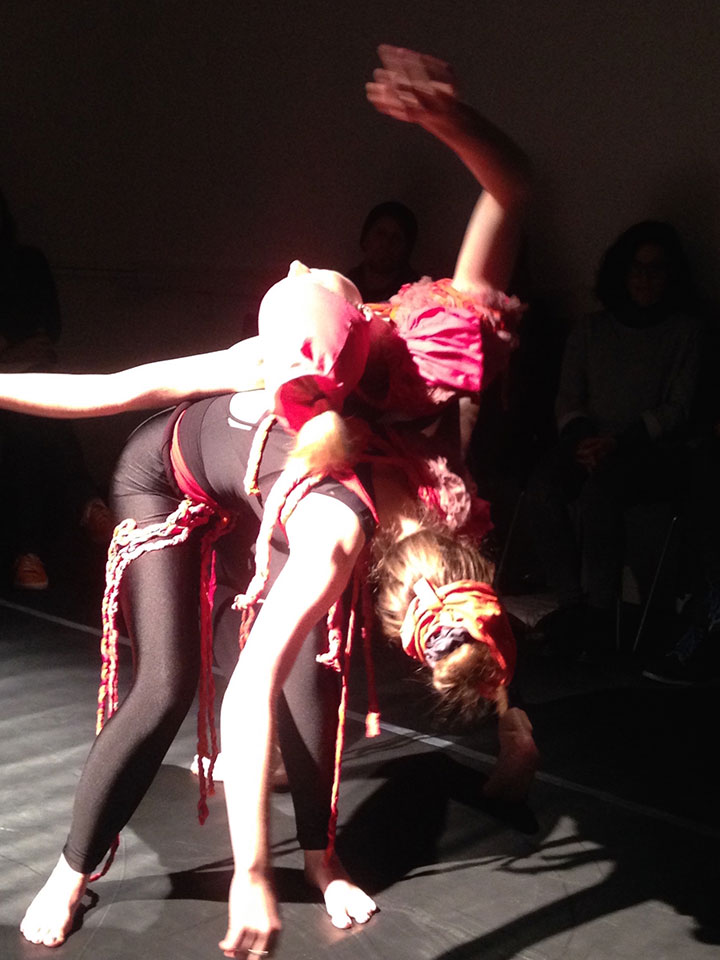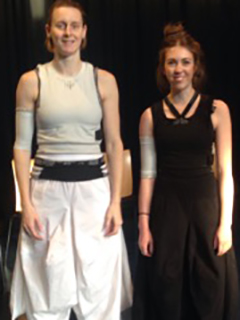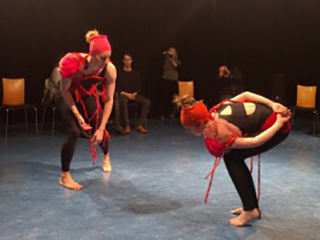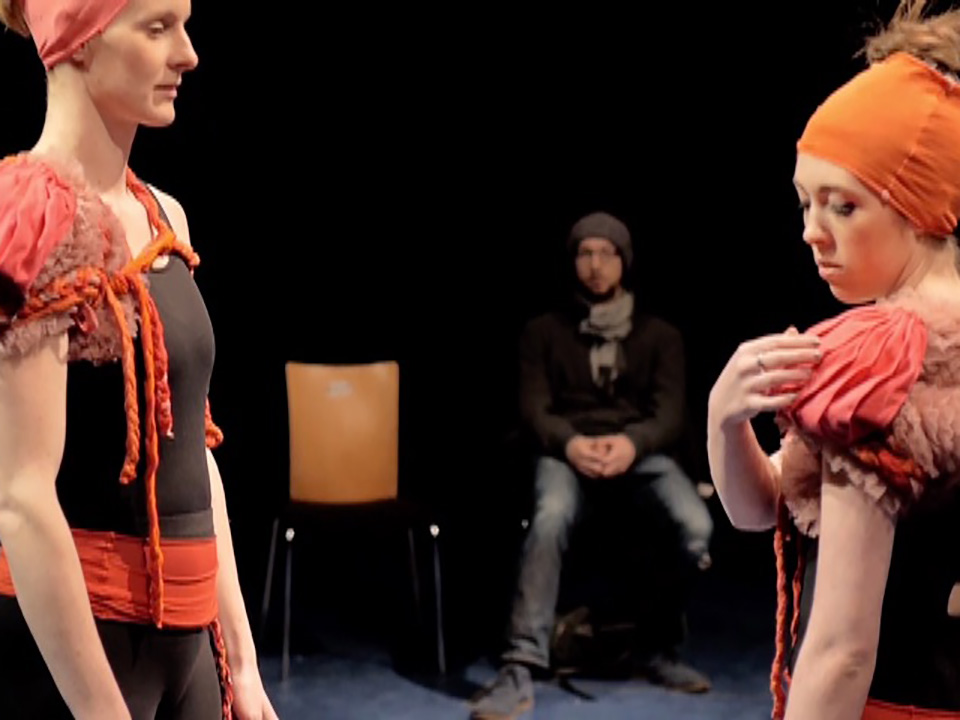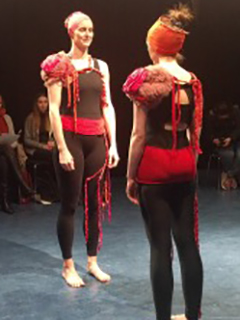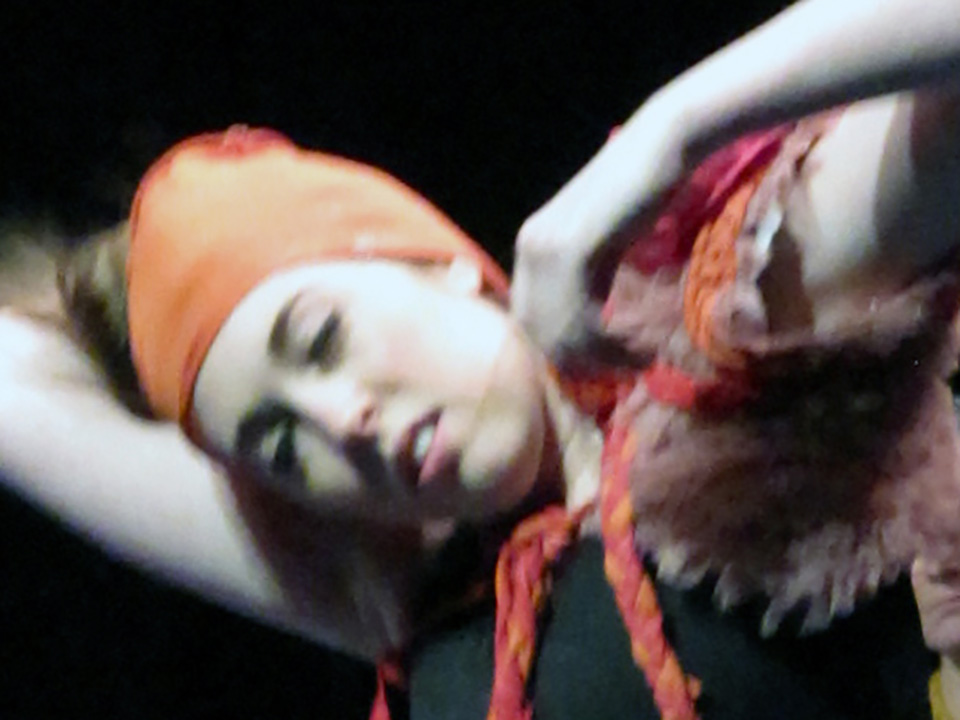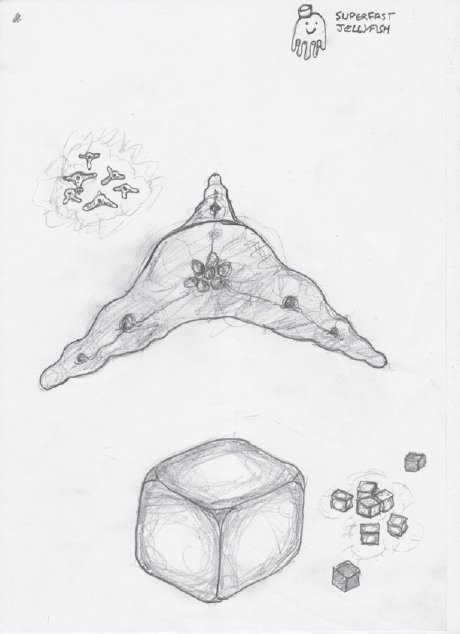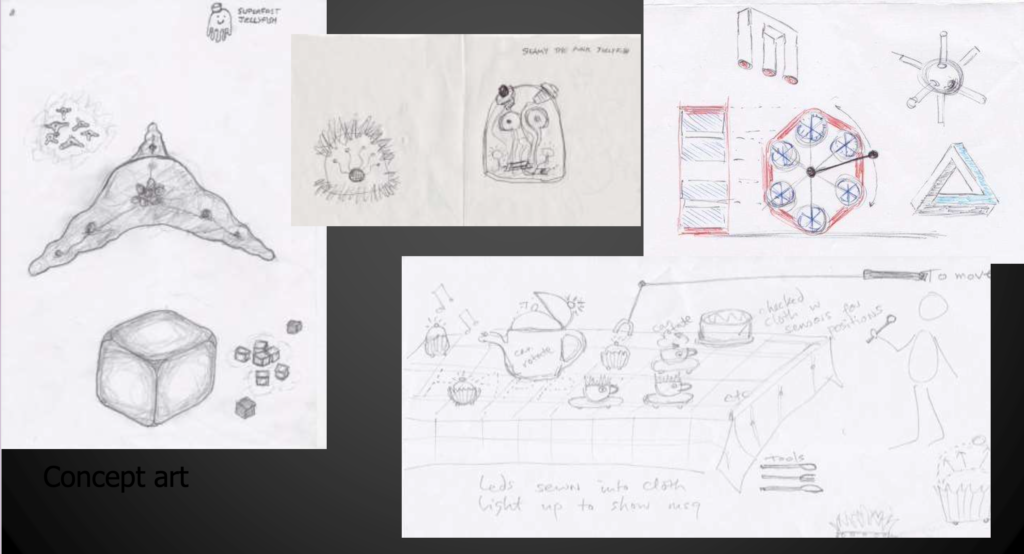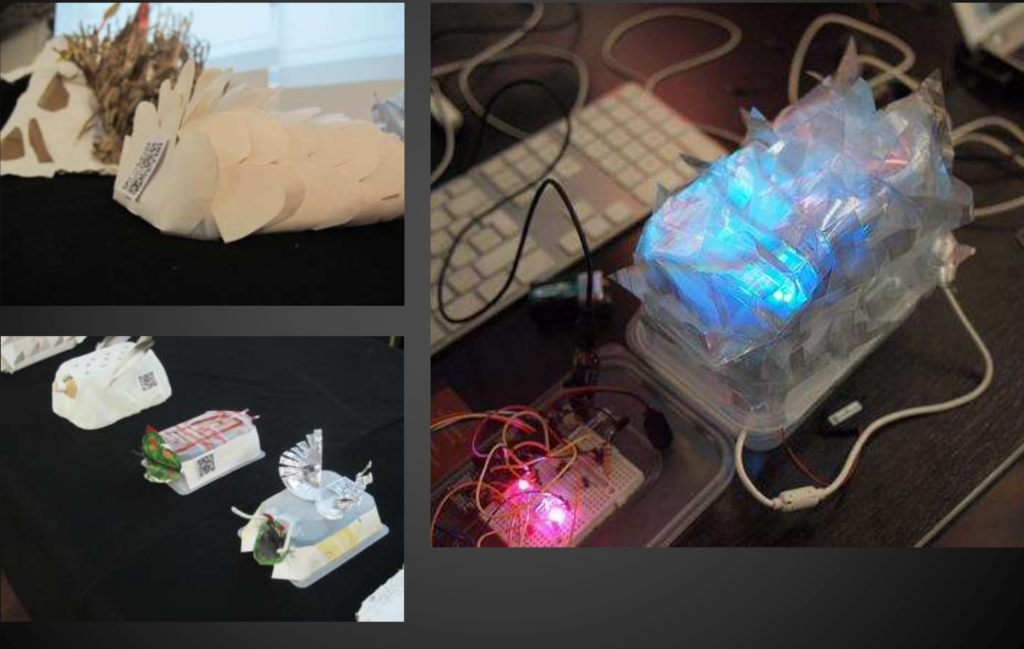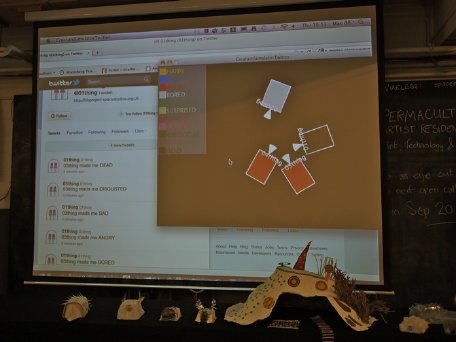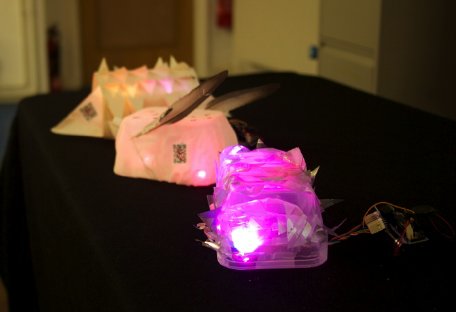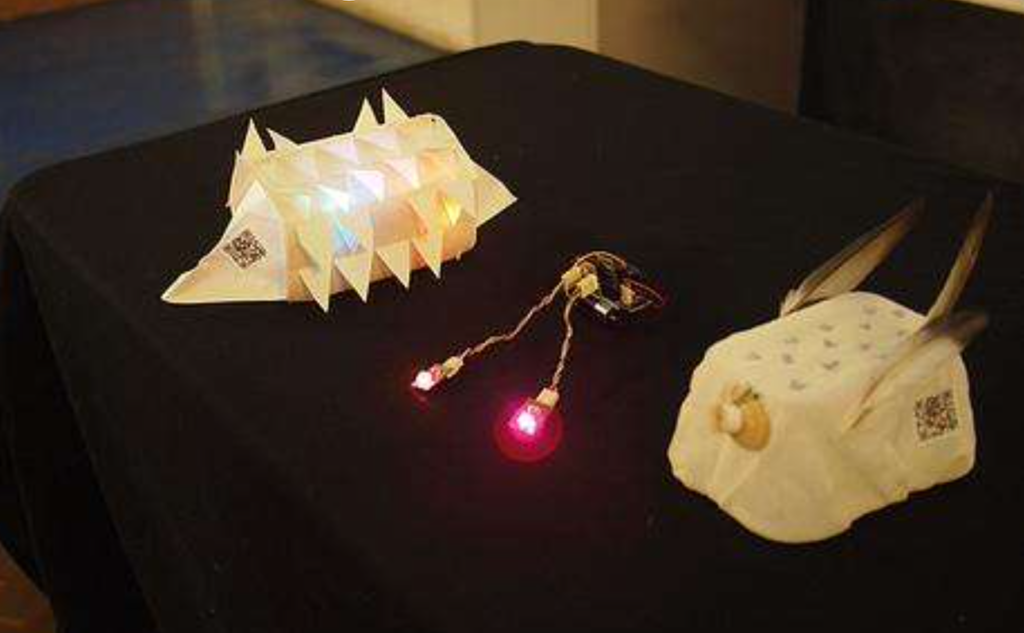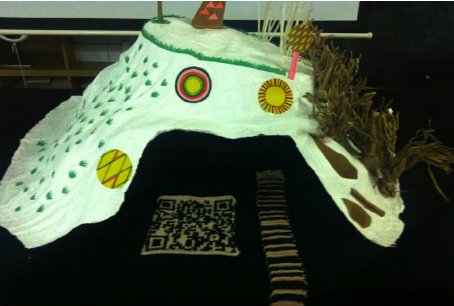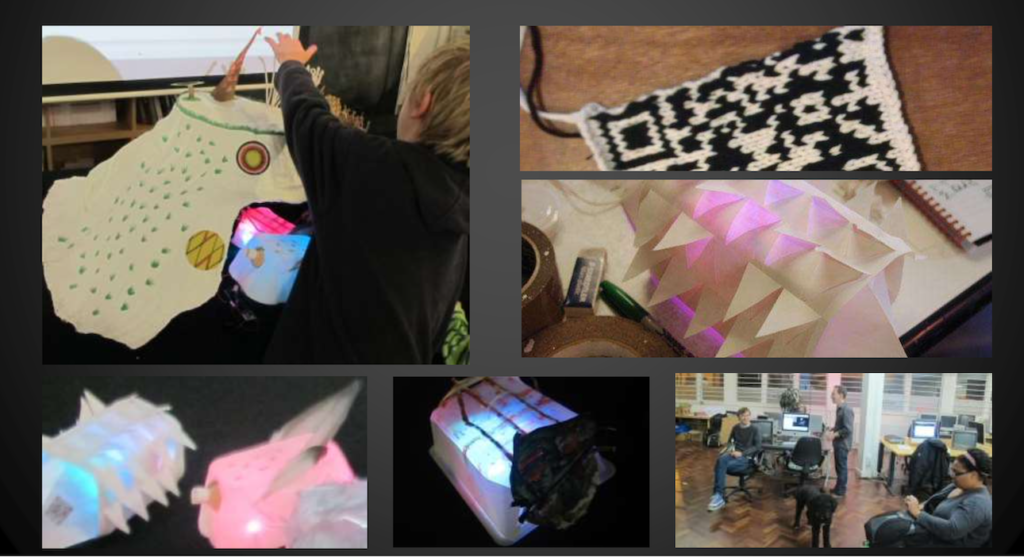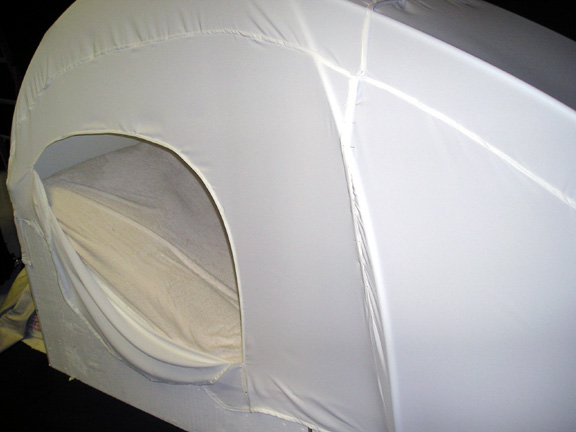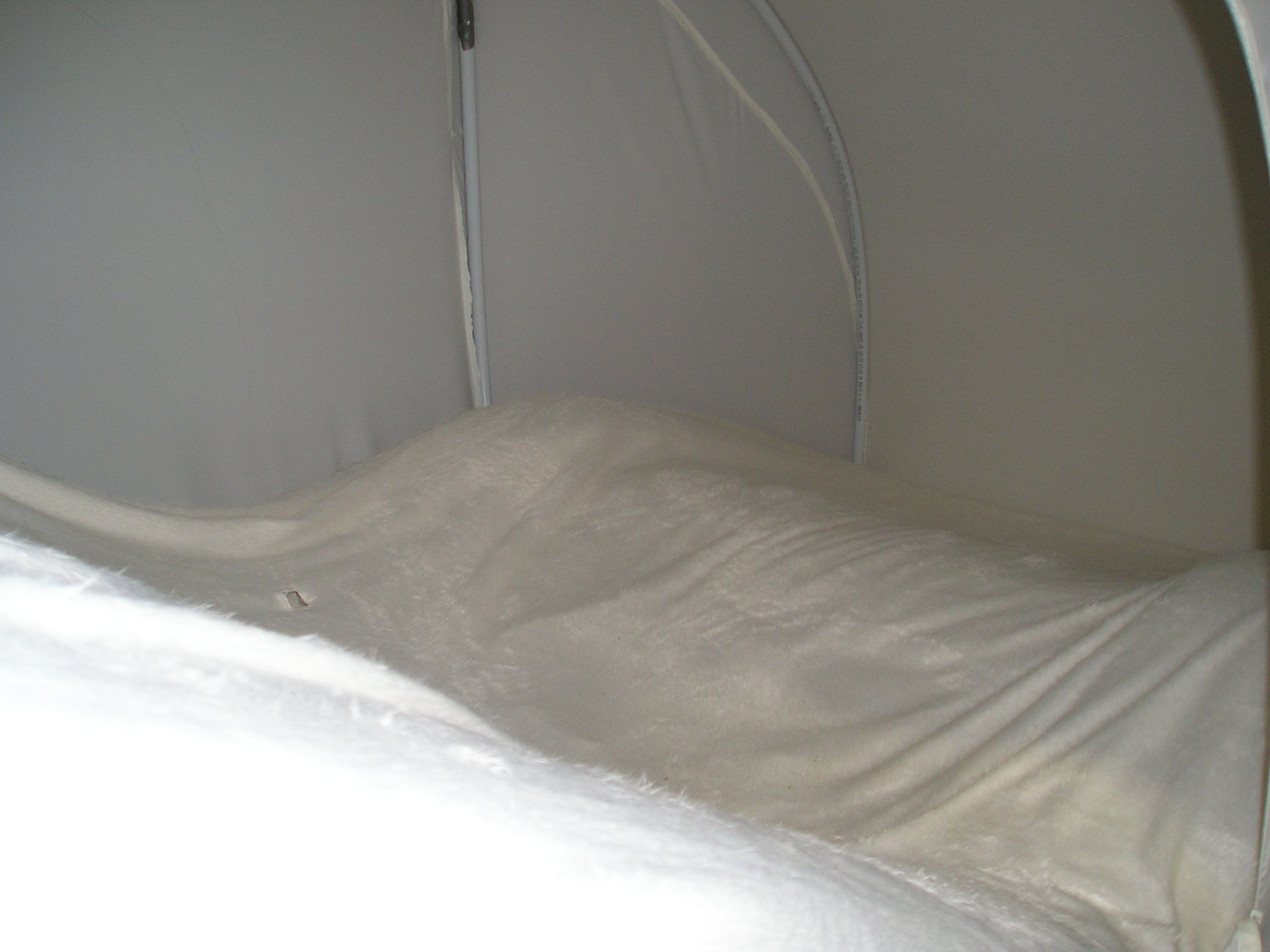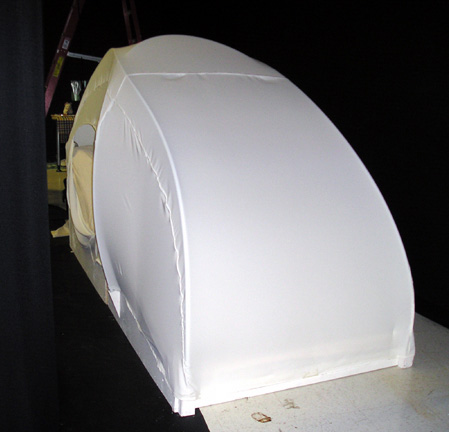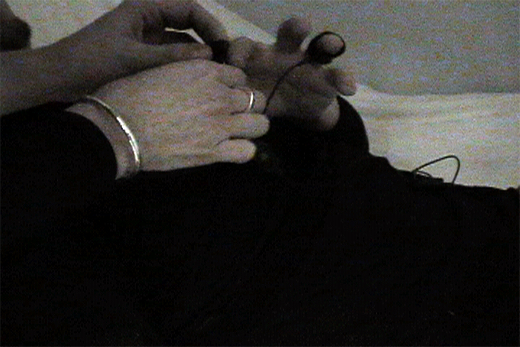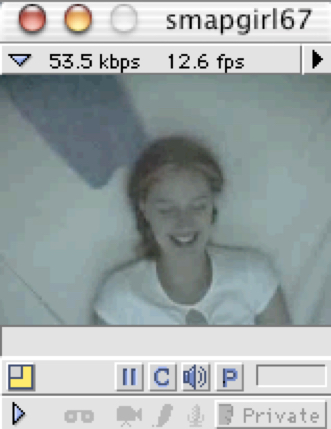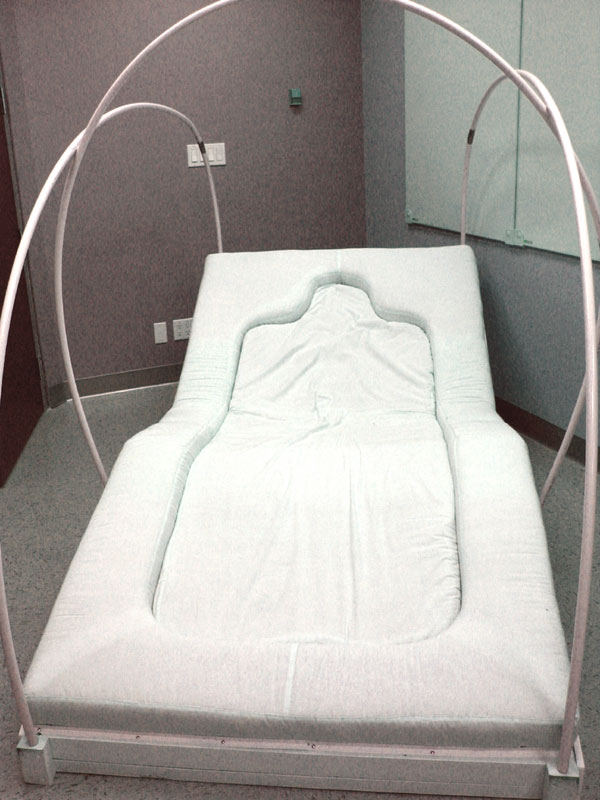> Mammary Mountain
An intimate, visceral VR experience exploring dis-ease within the body through the breast cancer treatment journey.
> Videos
> Video of Mammary Mountain Installation set up 2023
> Timeline
May 2023- completed Dec 2023
Promotion and ongoing
> Collaborators
- Tara Baoth Mooney – Illustrations, poetry, singing, soundscapes and music composition, workshop development and community outreach, grant writing, personal story contribution, garment design direction, chair project management.
- Camille Baker – Concept and ideation, research grant writing, community outreach, workshop development, narrative framework, content development and story editing, staging and promotion, as well as overall project production.
- Maf’j Alvarez – 3D Artistry, virtual reality artistry, visual design, interaction design and chair design
Other team members: - Paul Hayes – Haptic design, bespoke peripheral development and electronics
- Sophie Skach – Garment design, wearable prototyping, pattern design, embroidery and overall wearable construction
- Leo Scarff – Chair design and construction
- Lee Paul Heron & Centre Neptune – web design and maintence
- Marc Coleman and Dann Emmons – Photo and video documentation and trailer editing
> Abstract
Mammary Mountain is an intimate immersive virtual reality(VR) experience that explores dis-ease within the body during breast cancer and the body’s relationship to the broader context of the land. This new immersive experience tells the stories of patients’ and survivors’ healthcare struggles, and the hidden experiences of breast cancer treatment.
It tells the lesser told stories not only of survival, but of trauma from the life changing experience of (Breast) Cancer through a haptic garment, so audience members/ visitors can feel vibration in the area of the lymph nodes where breast cancer grows.
This work is not only for breast cancer patients and survivors, but more so for family, friends and those with no experience of cancer in their own lives to have more empathy and care for those who do around them. All cancer survivors may related to it.
The piece is explored through animated illustrations, poetry, personal stories of 8 participants, and field recordings of Tara Baoth Mooney, created while going through cancer treatment herself. These recorded sounds and drawings have been further brought to life through the strong visual 3D landscape and evocative animation created by Maf’j Alvarez using VR.
Camille Baker conceived the concept, created the narrative framework and did content development, story collection and editing, grant writing, community outreach and workshop development, staging, promotion, and executive production.
The artists hope this work ignites new public engagement, ultimately resulting in a more nuanced and holistic understanding and empathy of the breast cancer treatment experience.
> Partners
- NEoN Digital Arts, Dundee
- Access Space, Sheffield
- Leitrim Sculpture Centre, Ireland
- Creative Heartlands, Ireland
More on partners here
https://mammary-vr.art/about/partners-credits/
> Budget / Funding
- £40,000 / Arts Council Engalnd National Lottery Project Funding, February 2023 (Production and 1st exhibitions
- €3,769 / Creative Ireland, May 30, 2023 (Workshop funding Ireland only)
- €4,111.64 / Creative Leitrum (Ireland), July 10, 2023 (Workshop funding Ireland only)
> Outcomes / Impact
Outcomes and Impact remain to be seen but the first exhibition in (documented above)
Some info on the first exhibition here
https://neondigitalarts.com/mammary-mountain/ and
Digital Meets Culture Magazine (13 November 2023)



